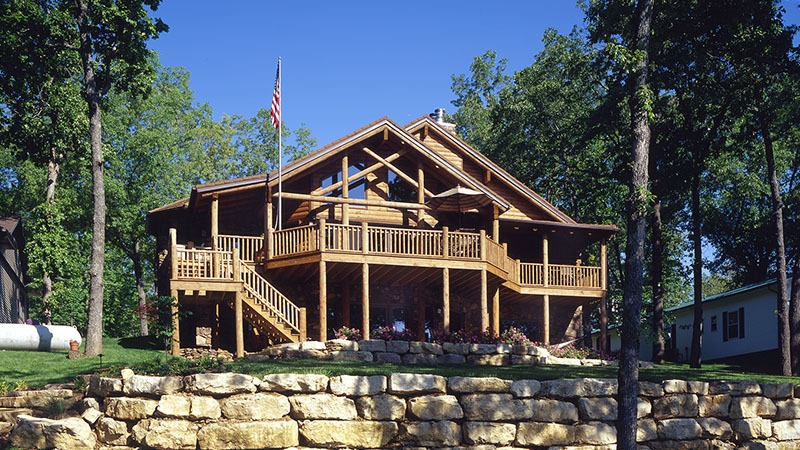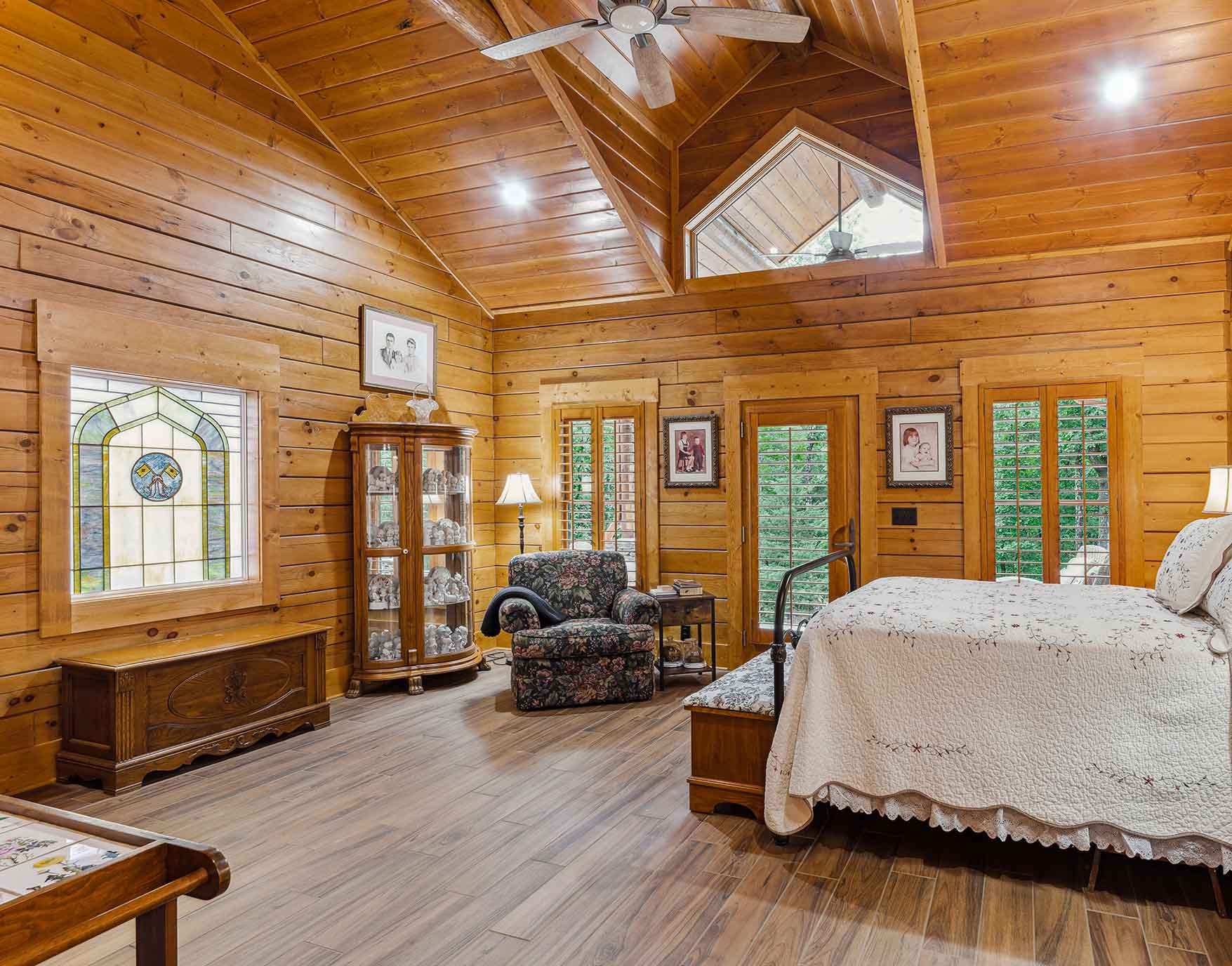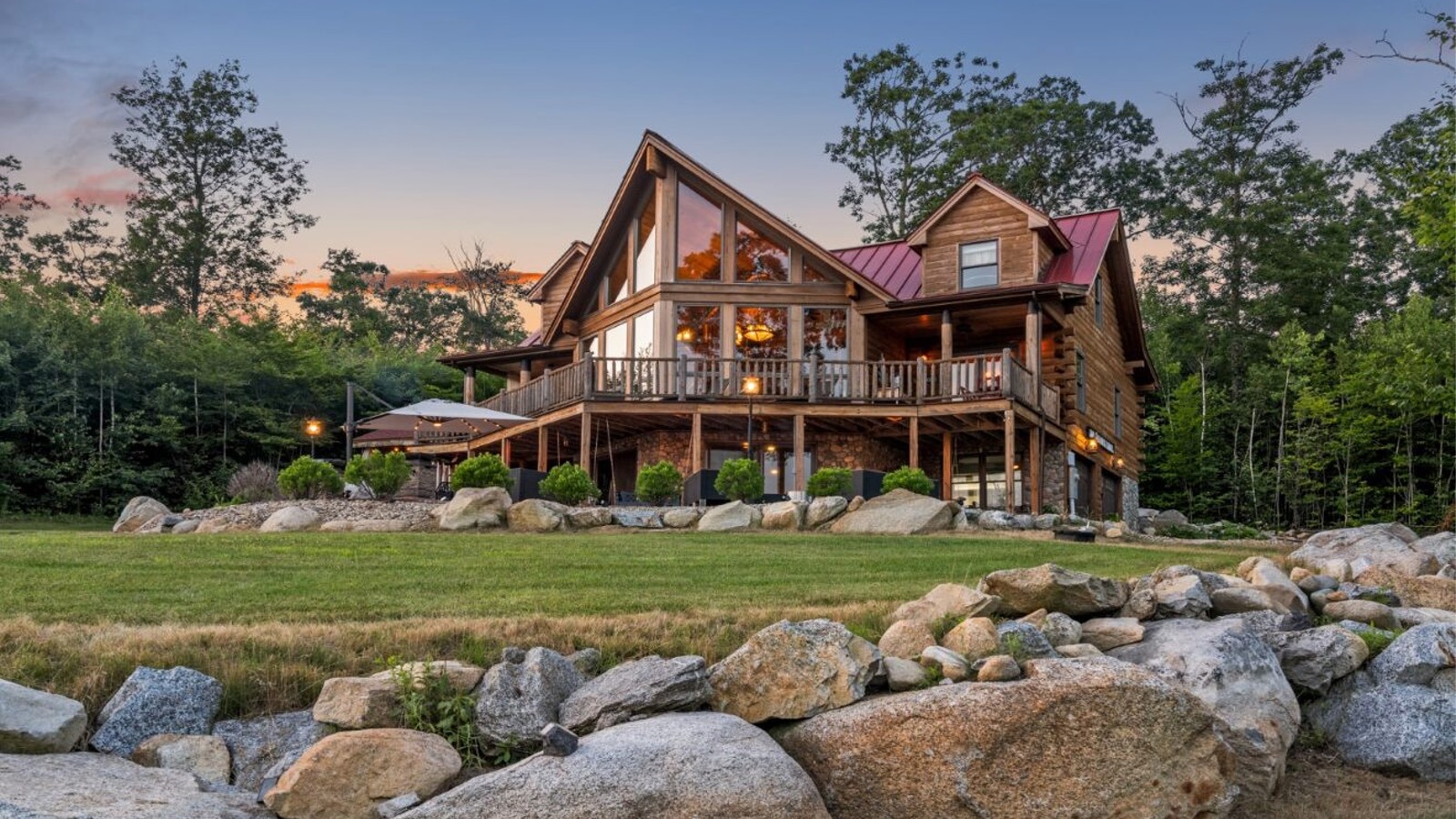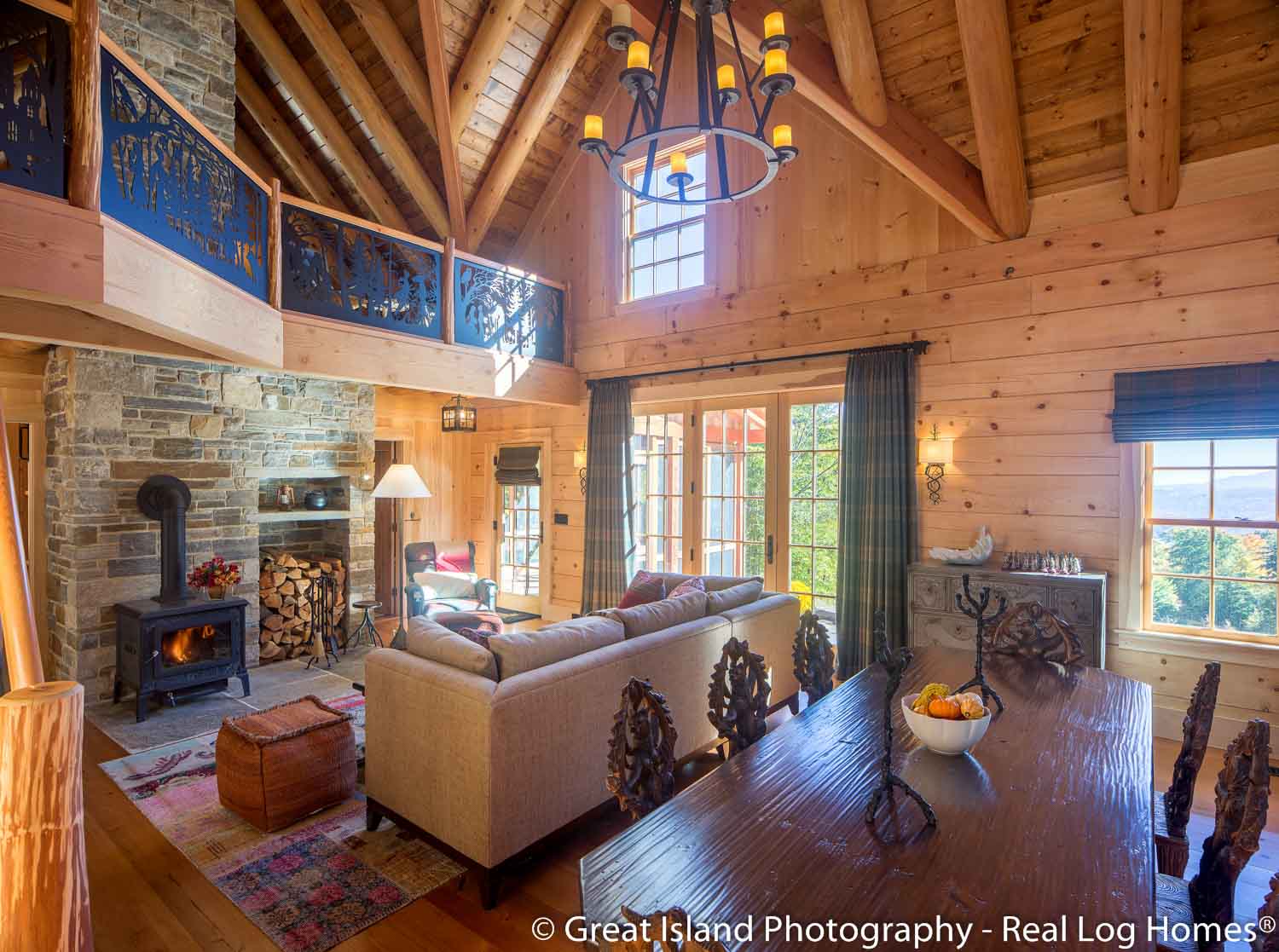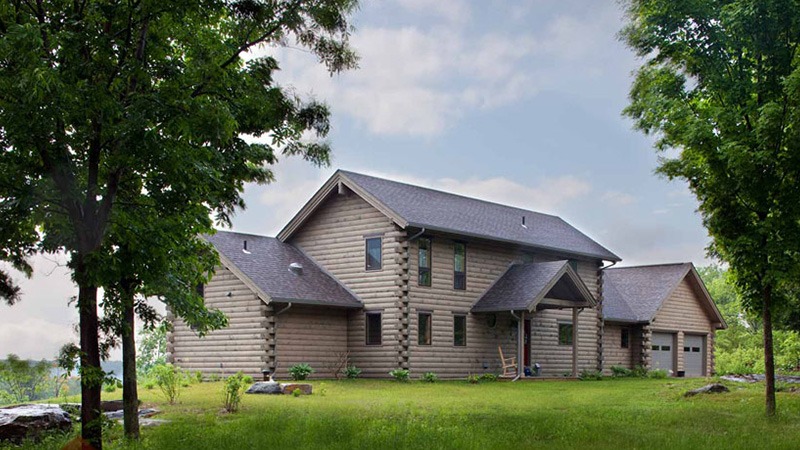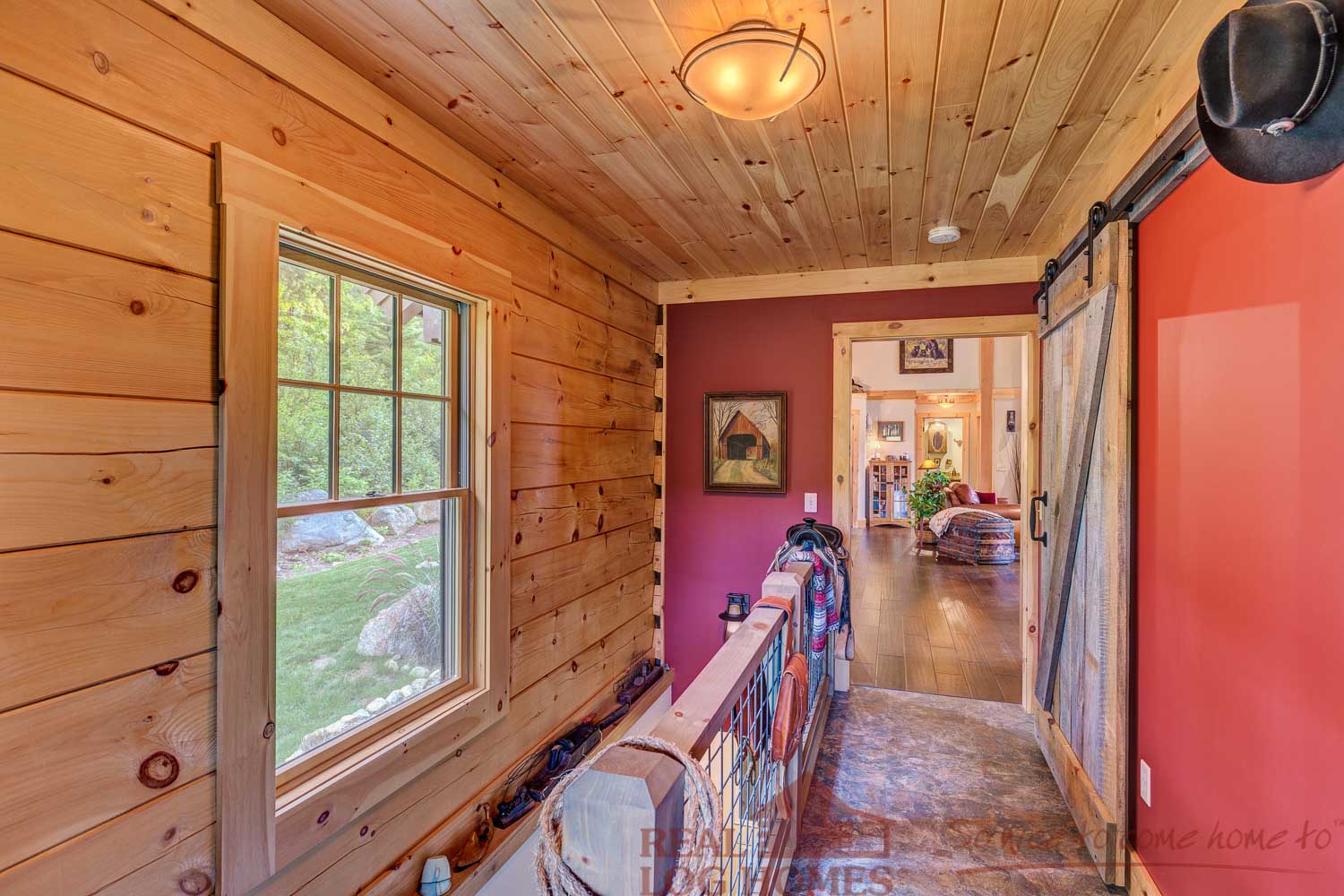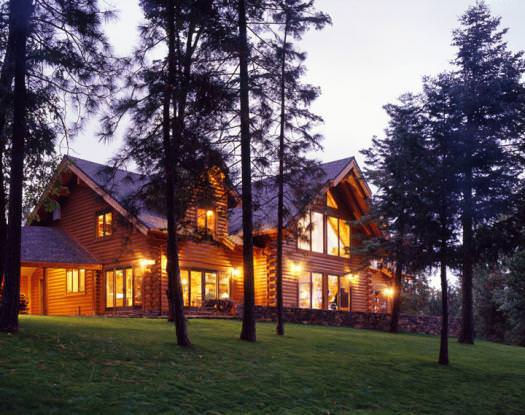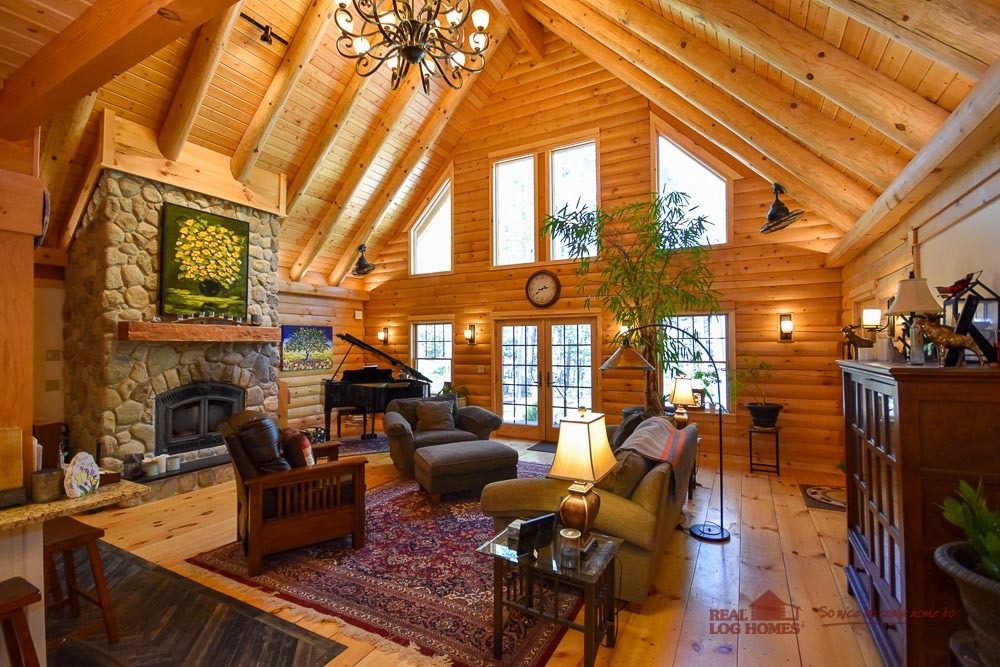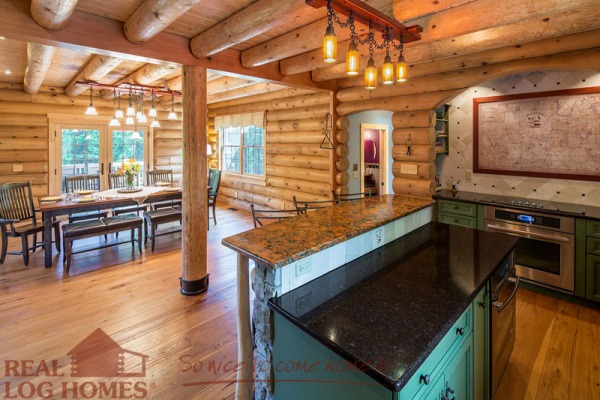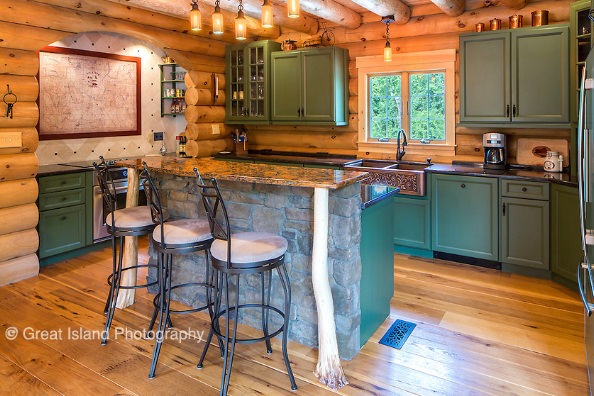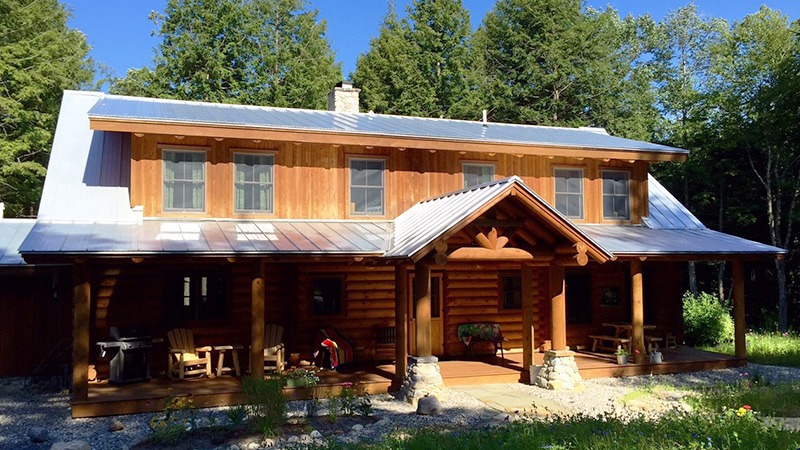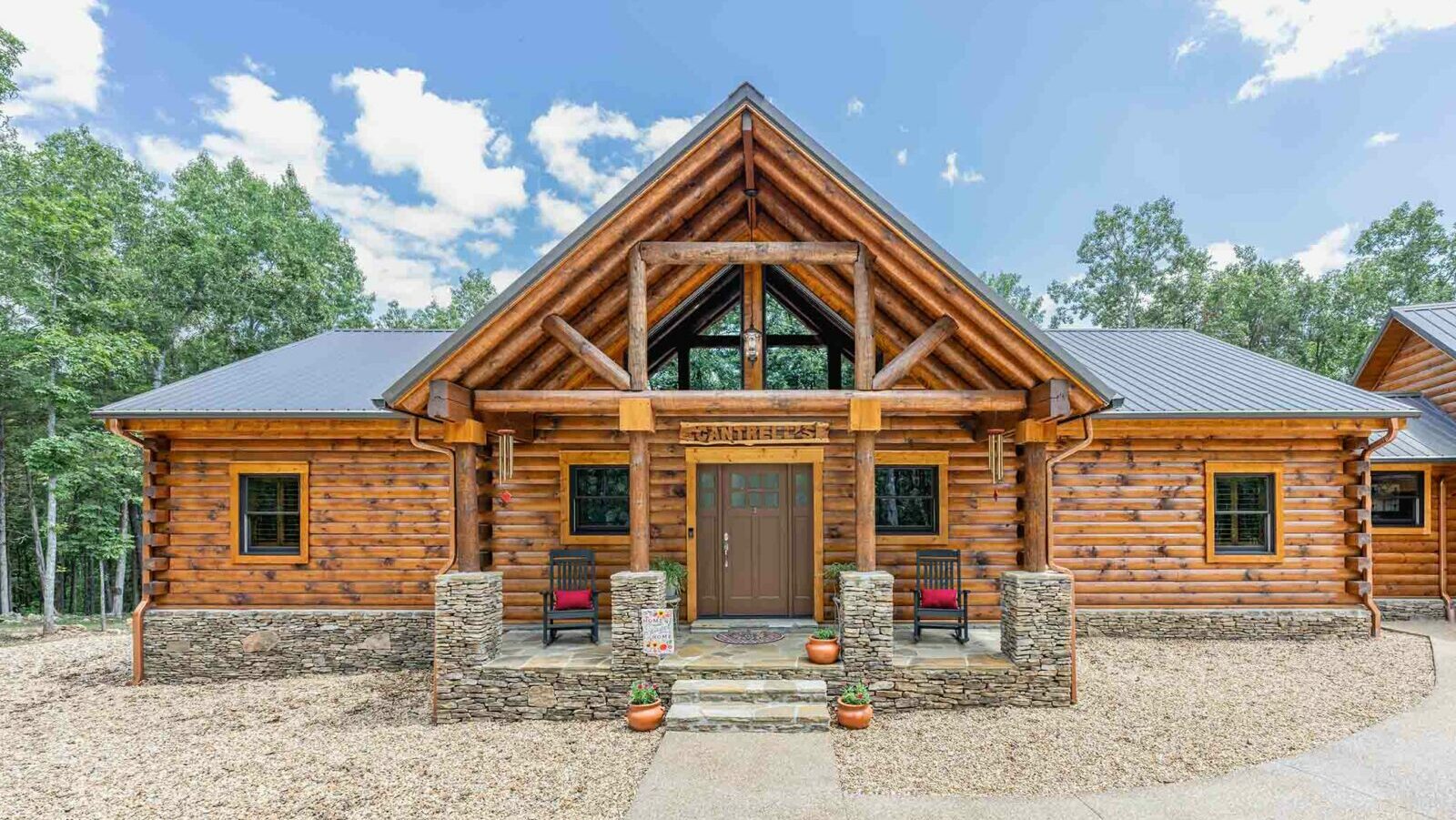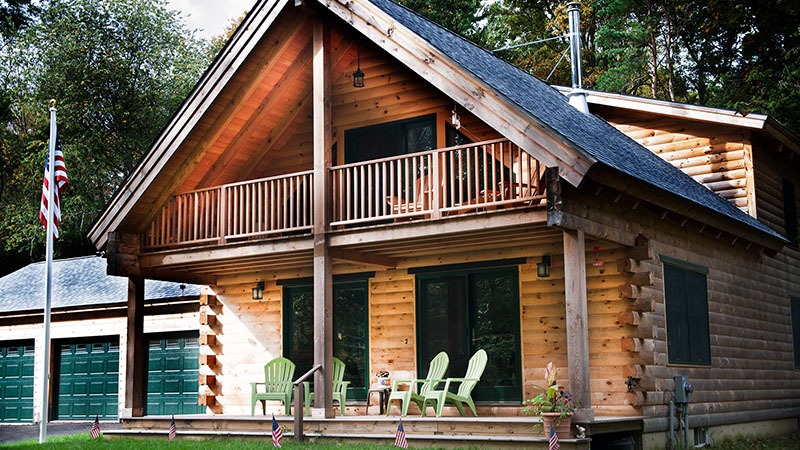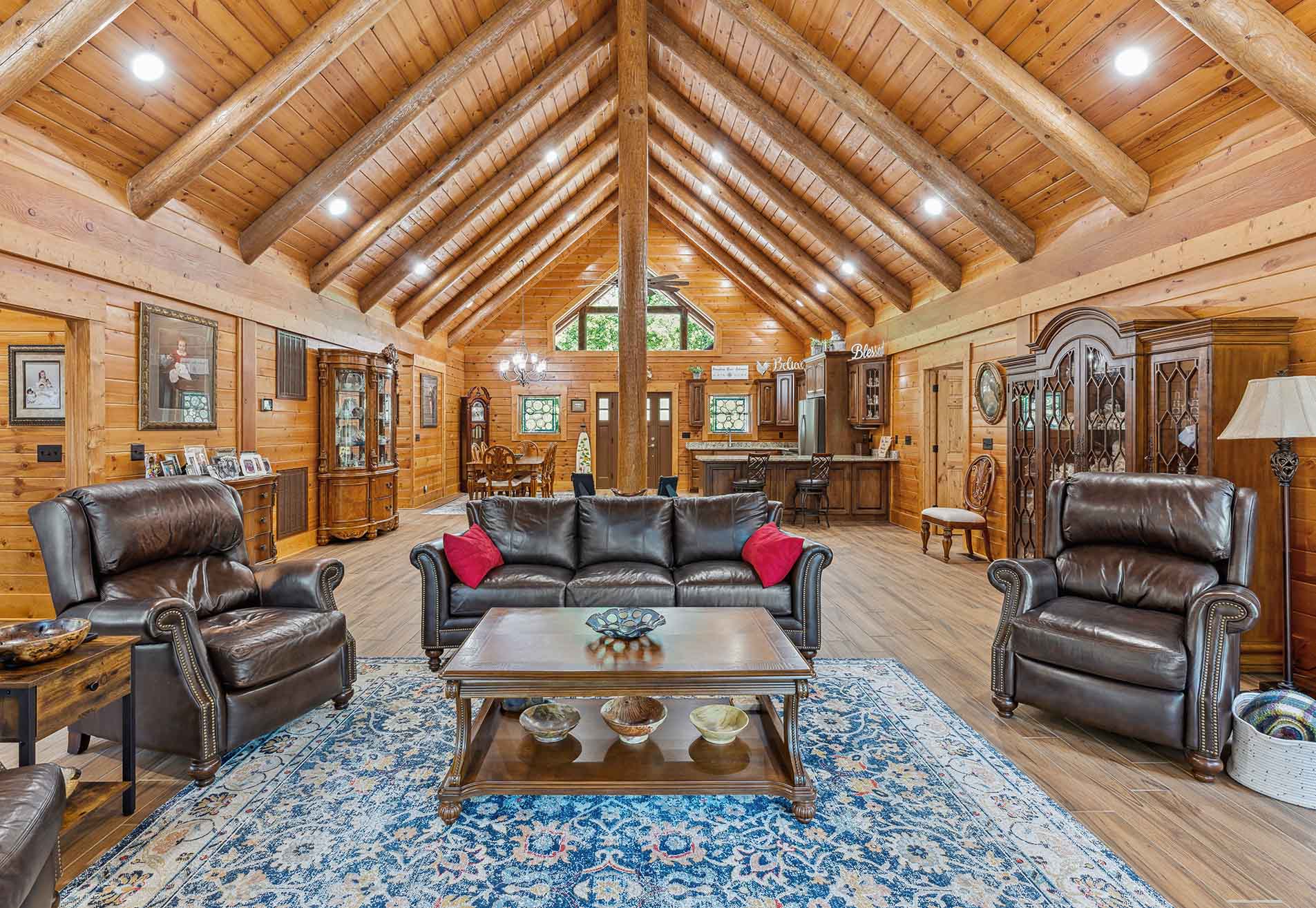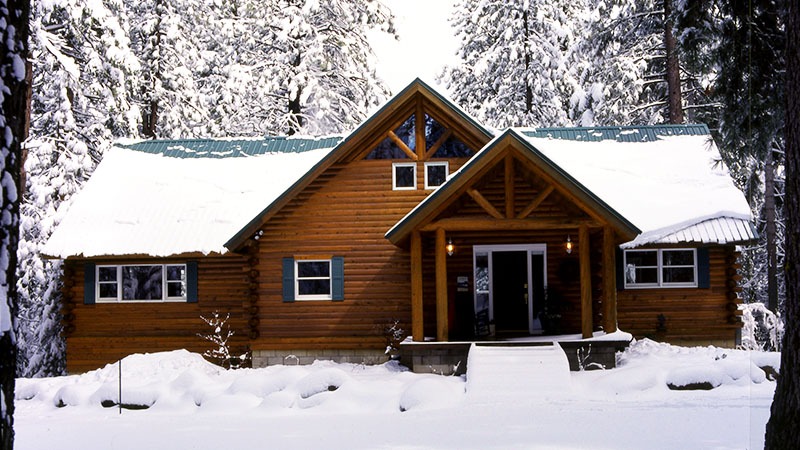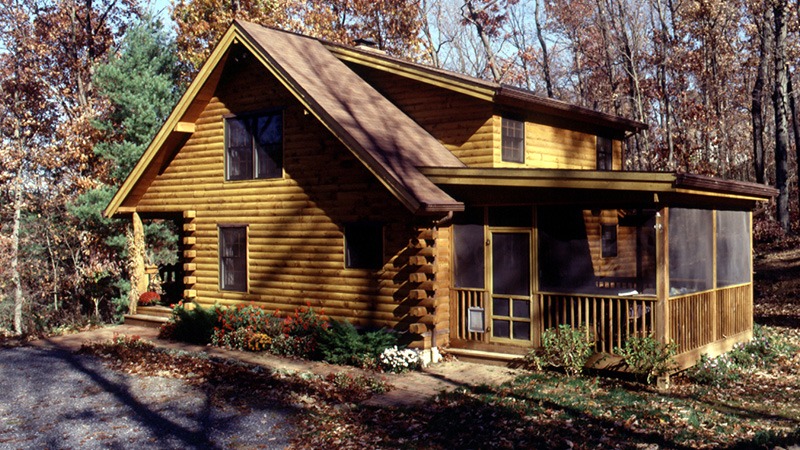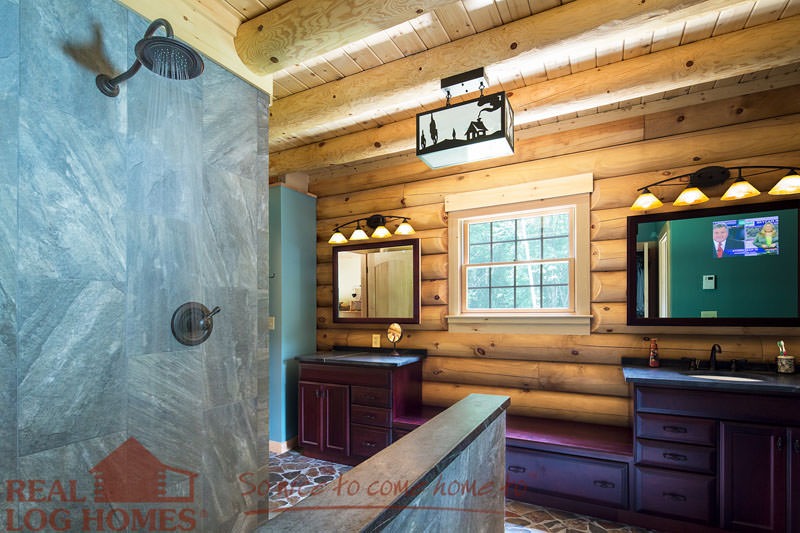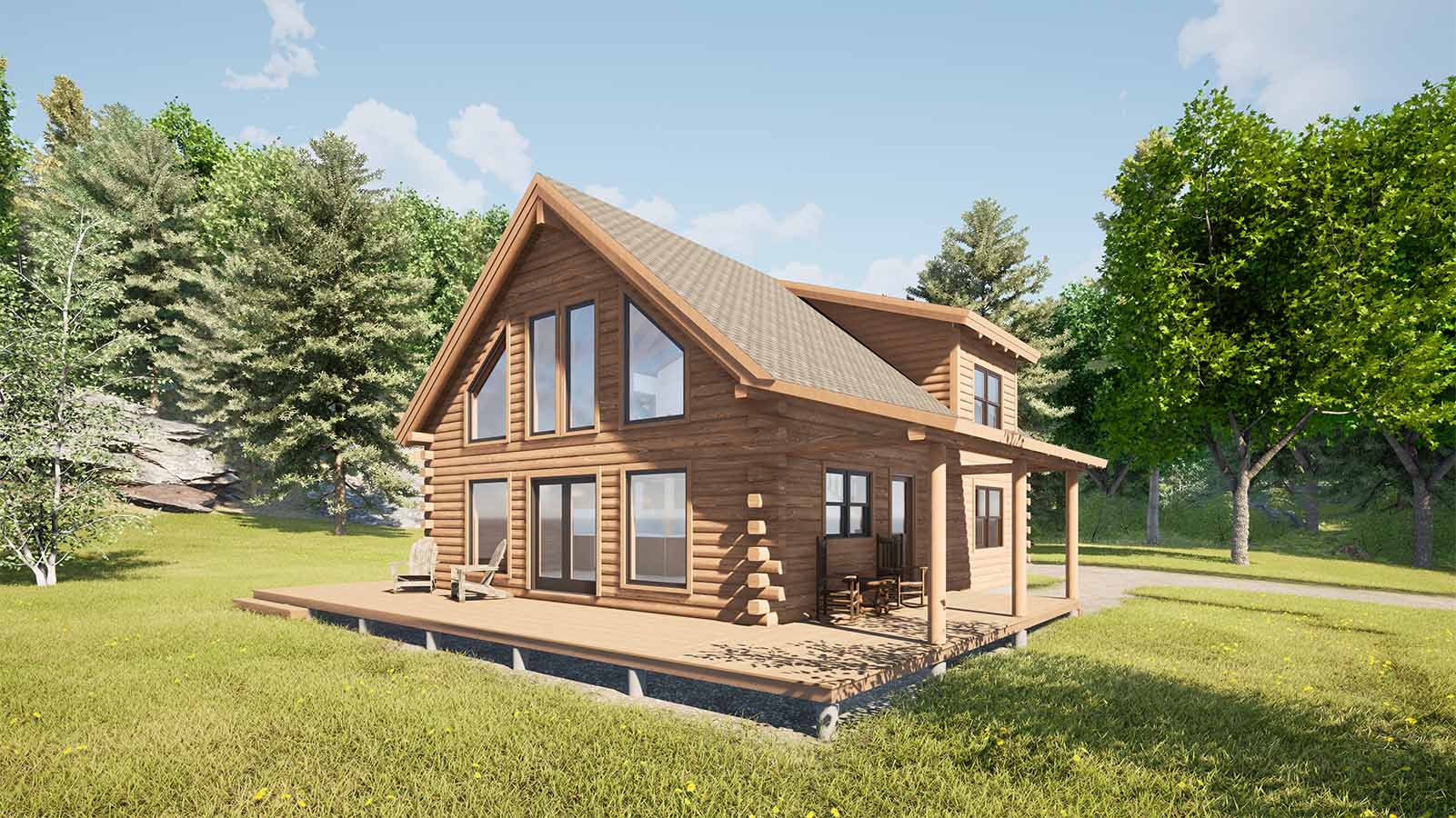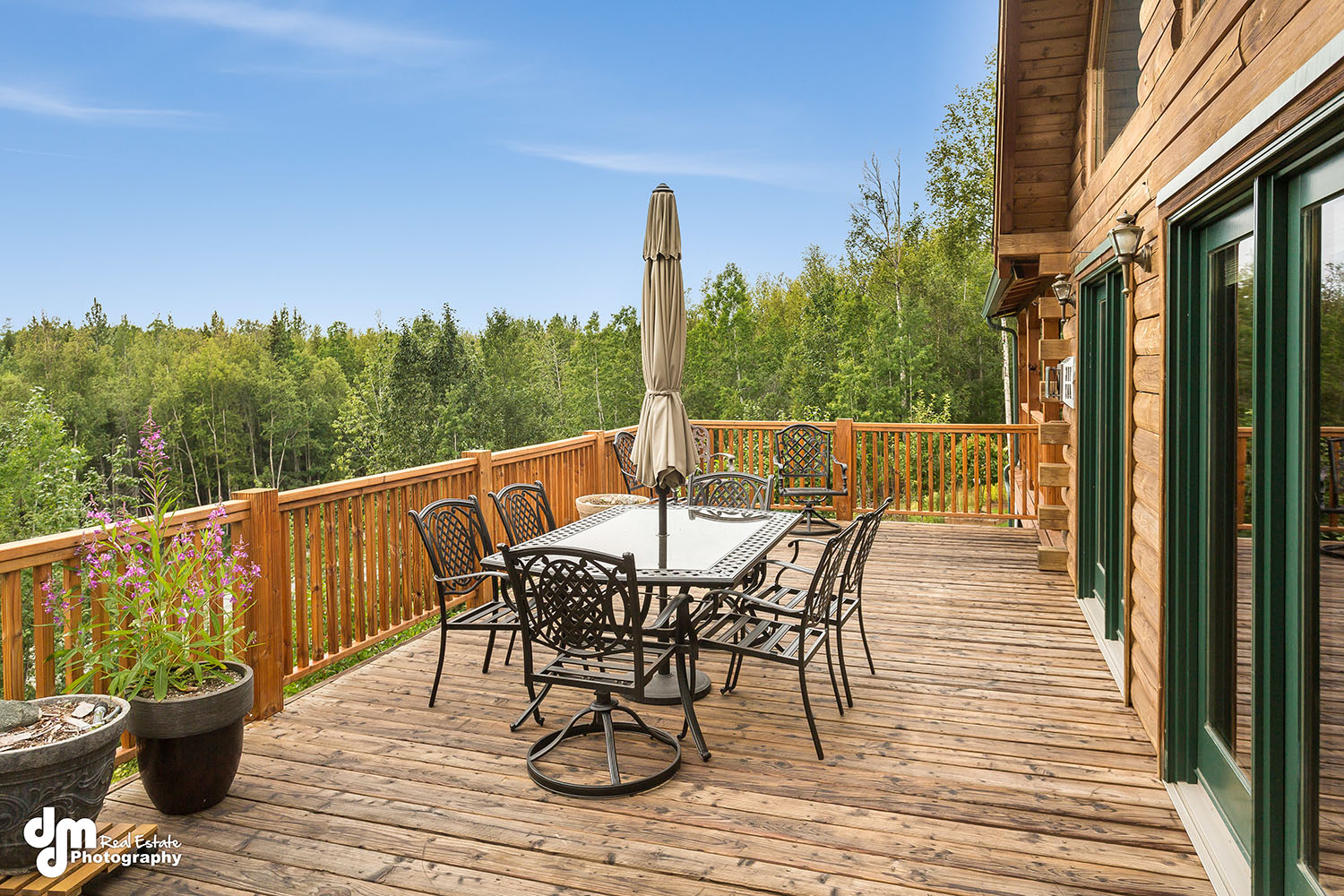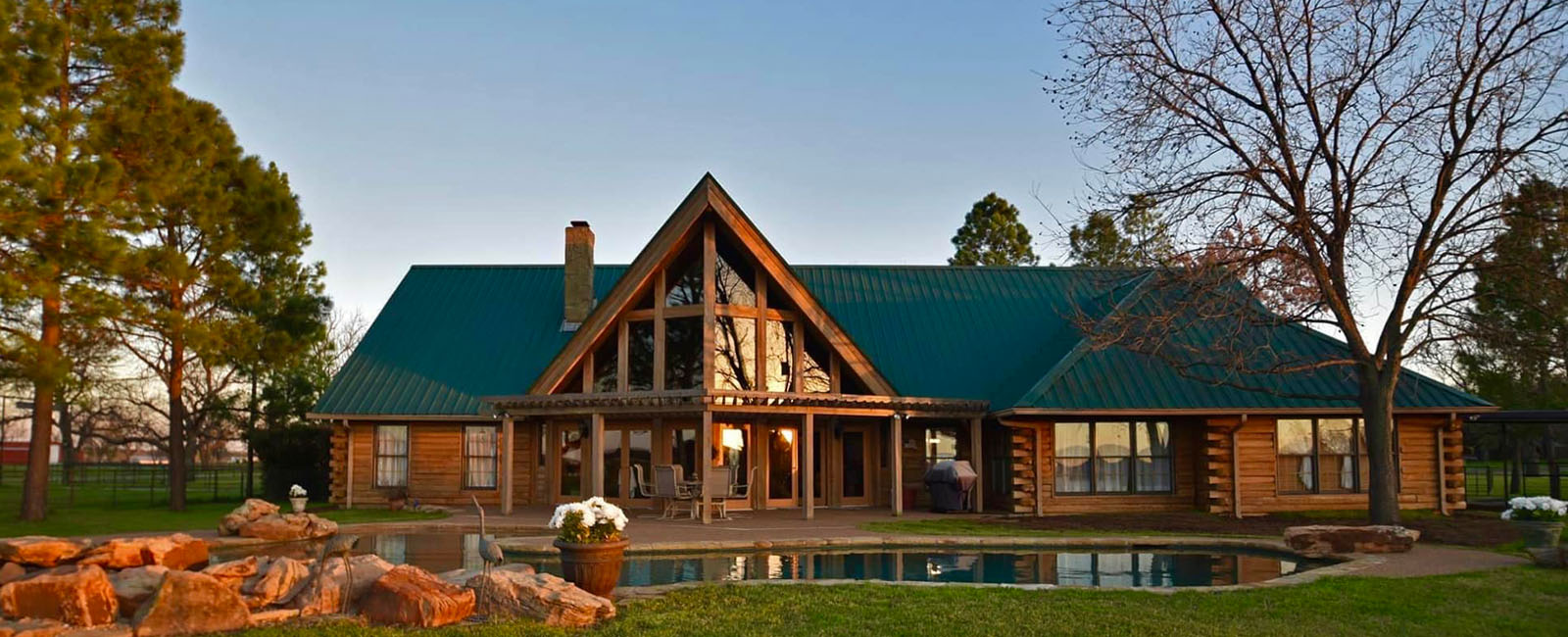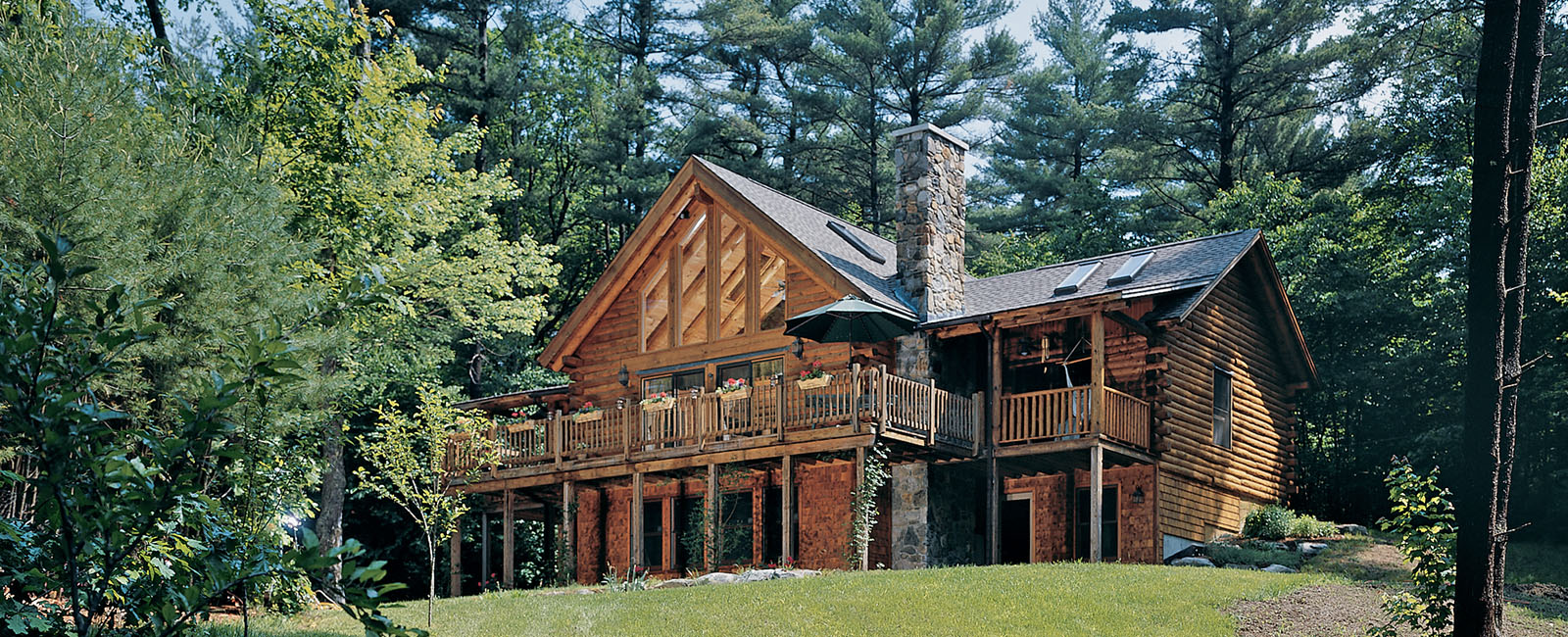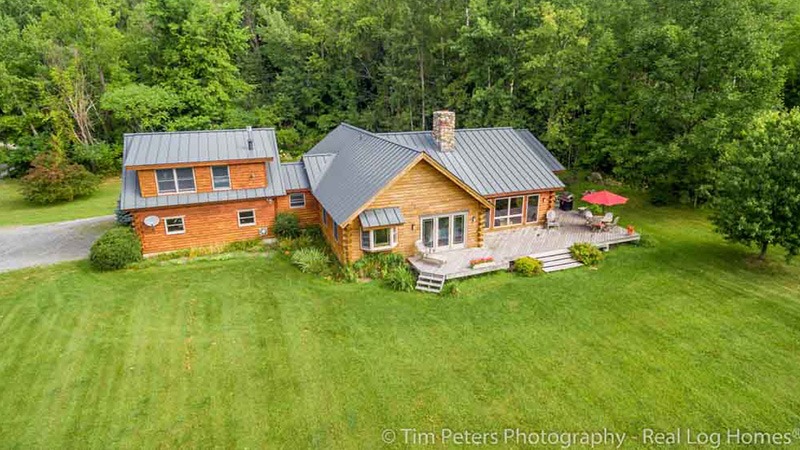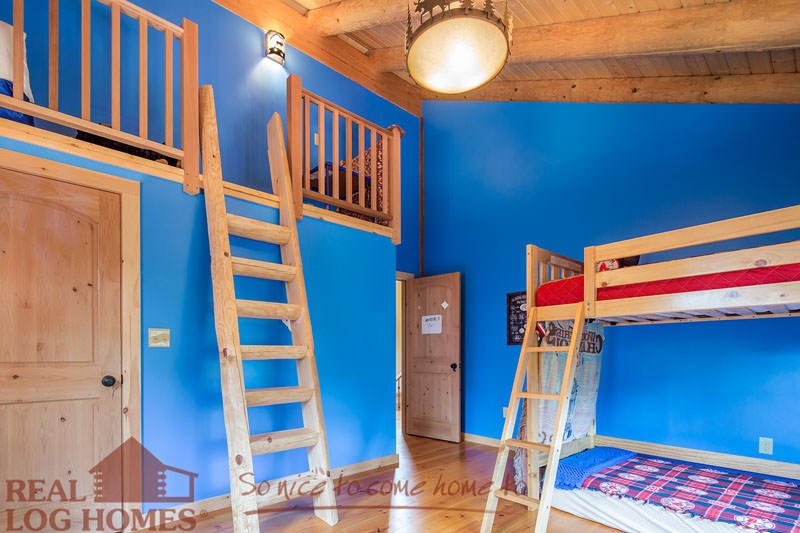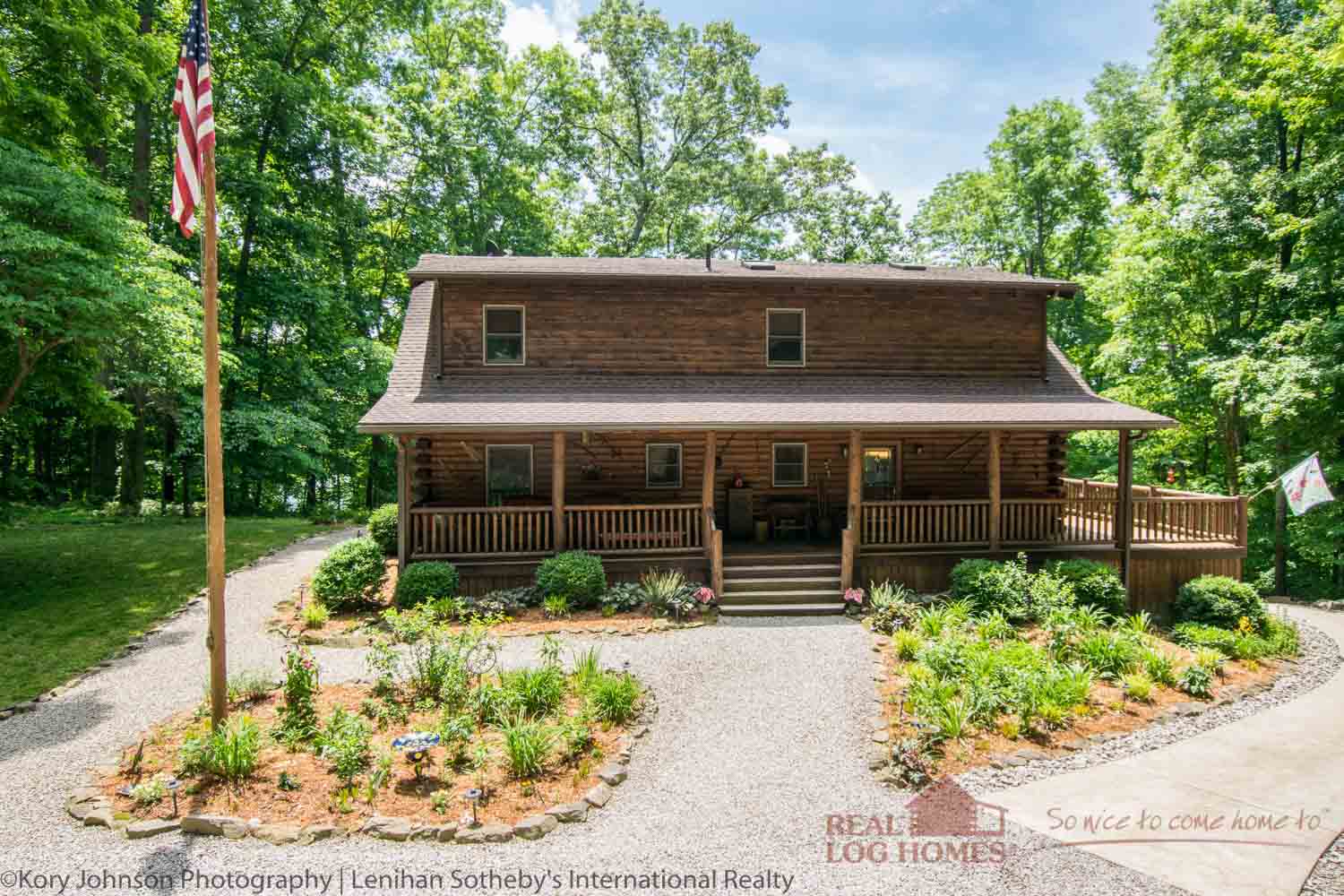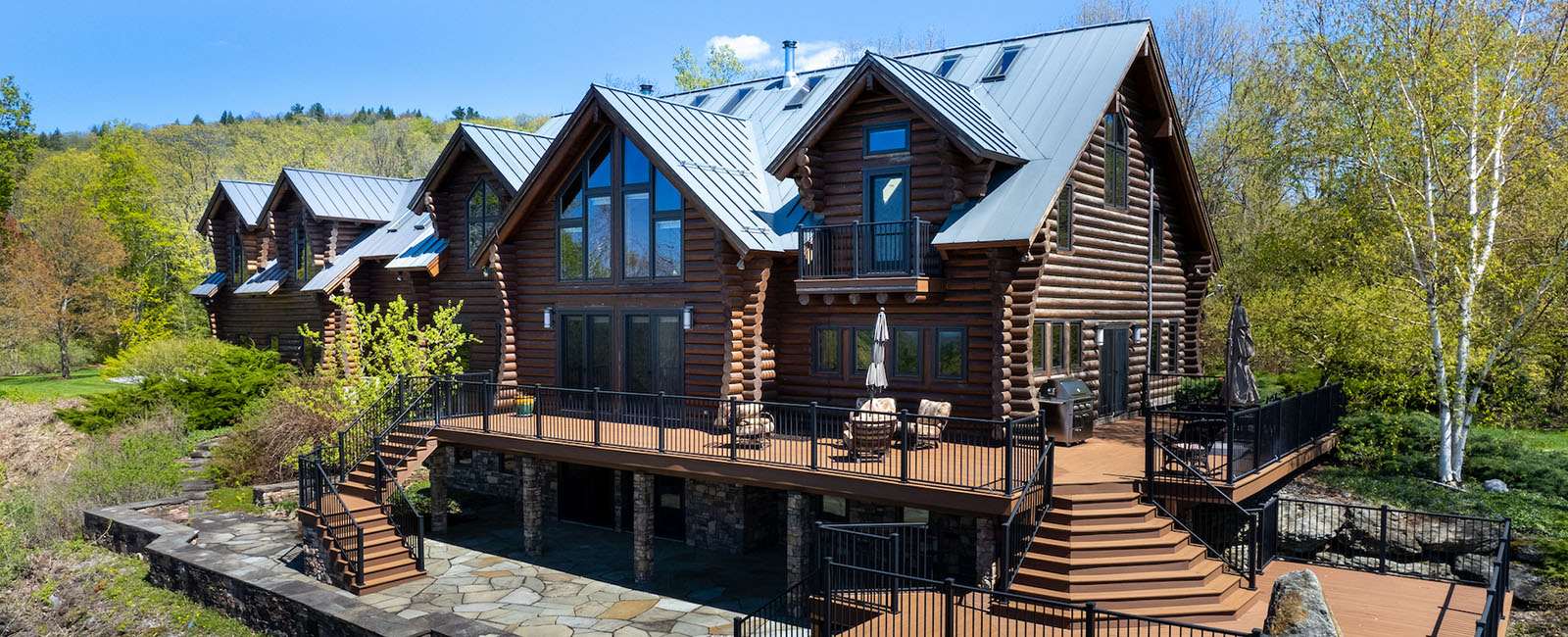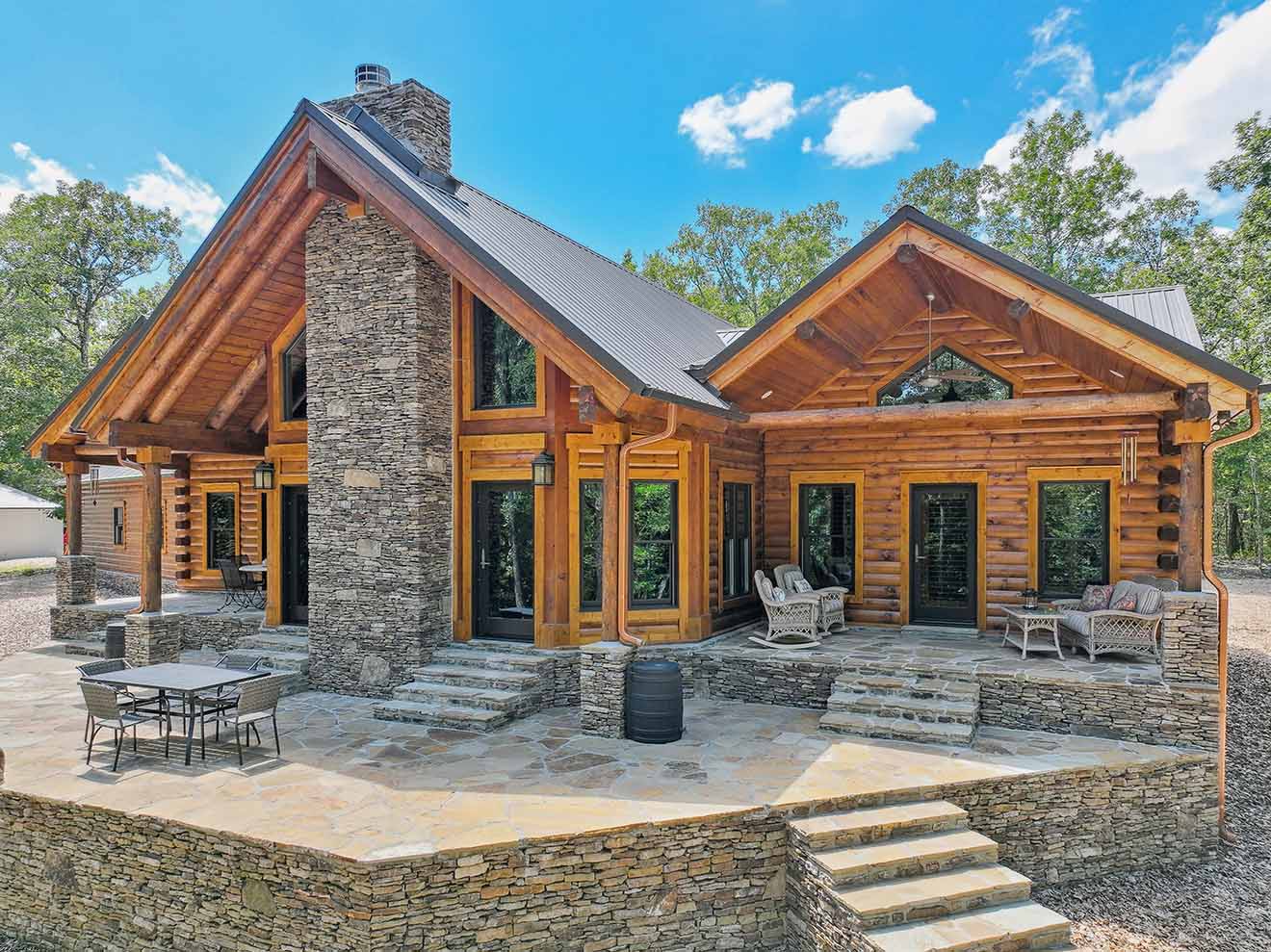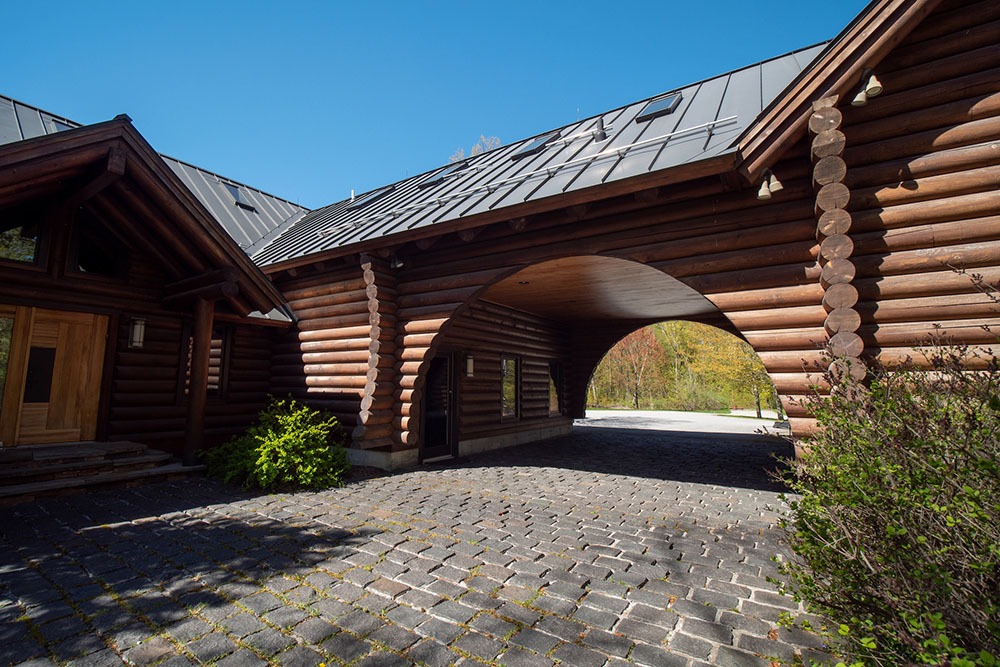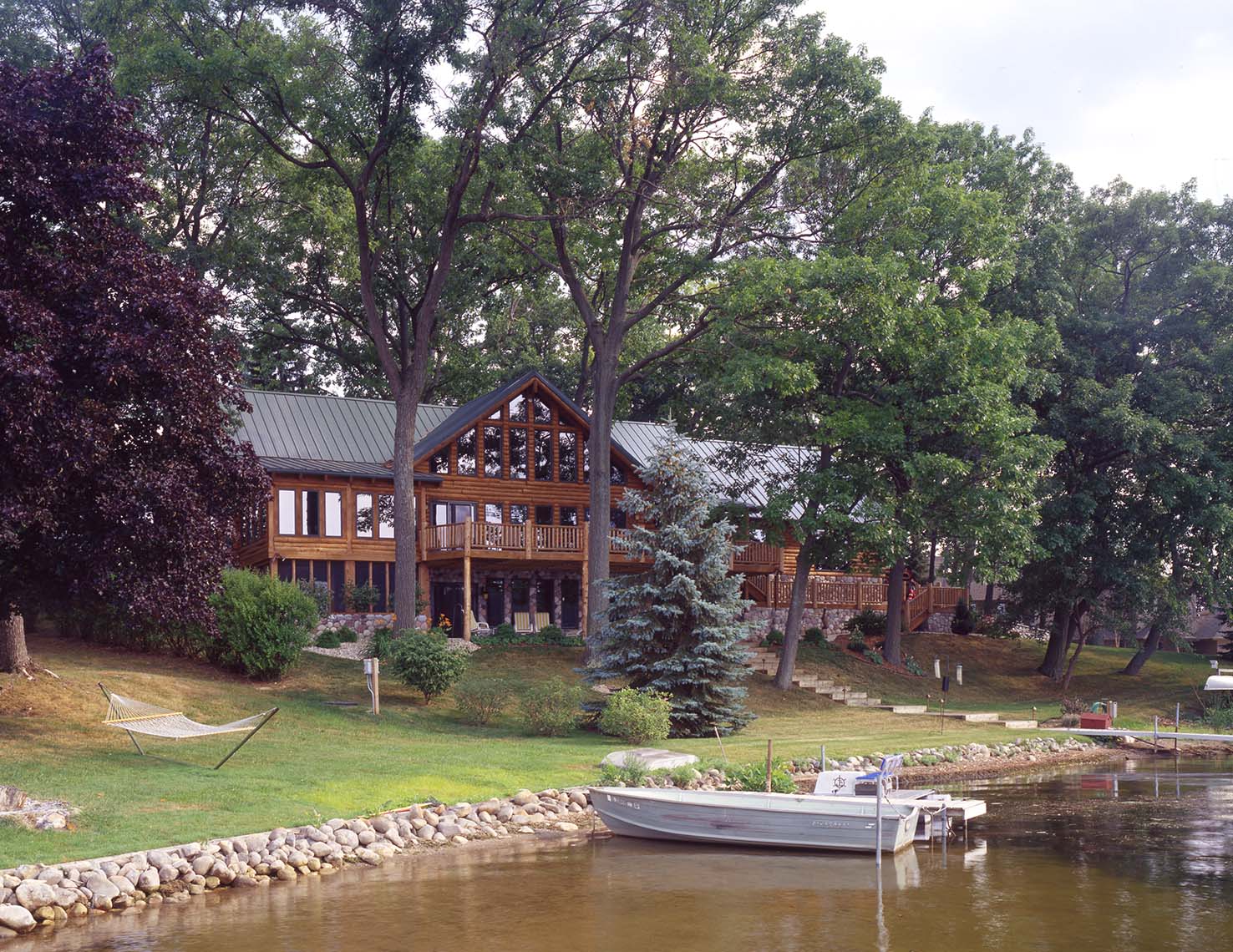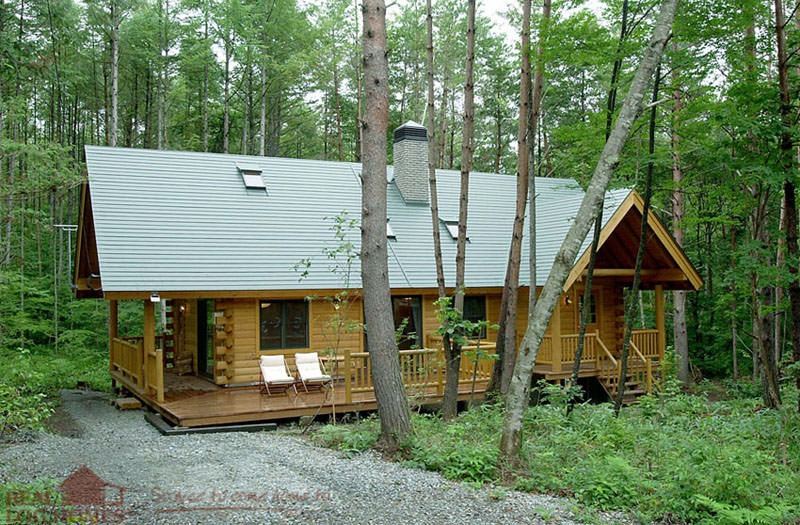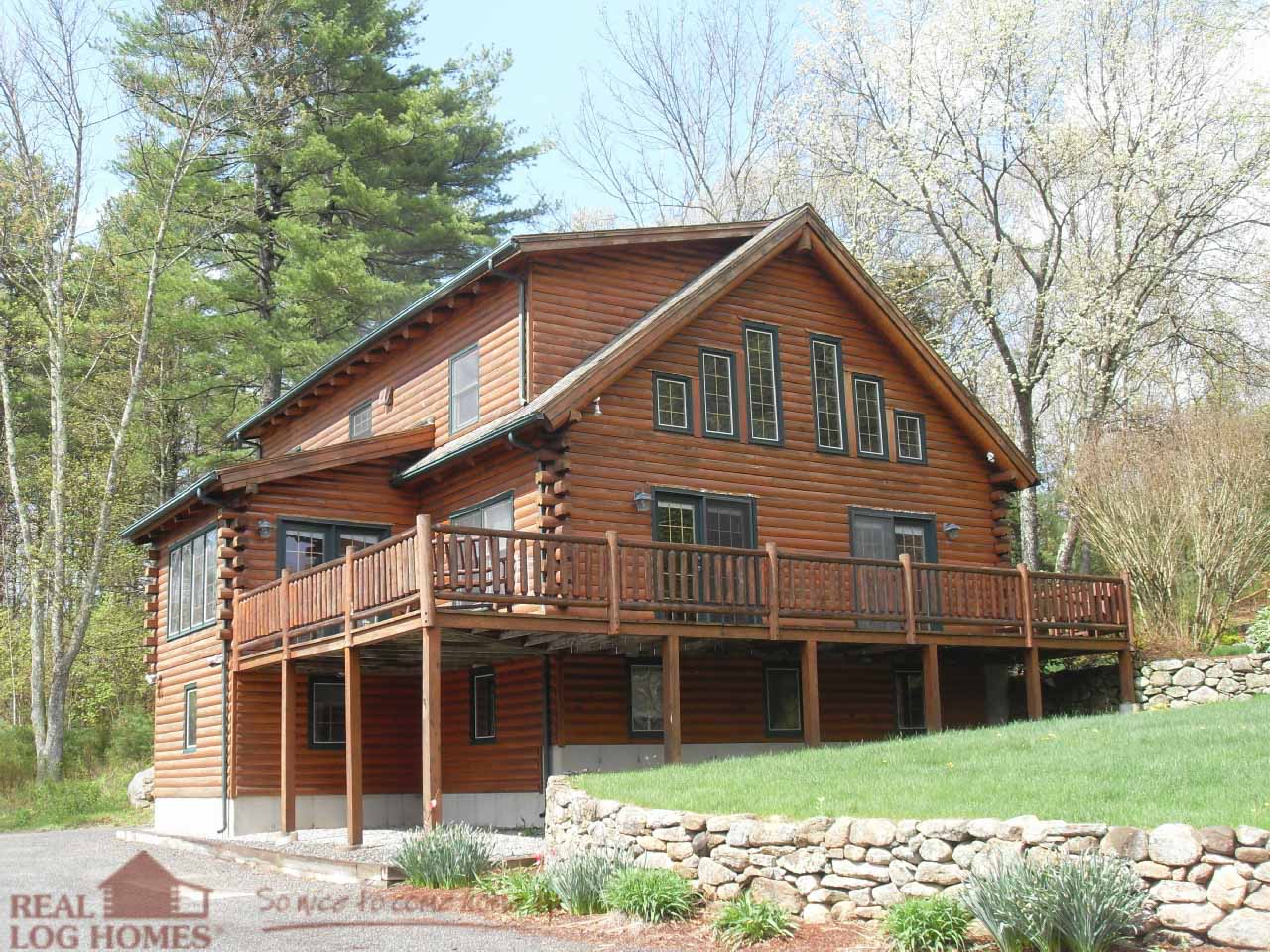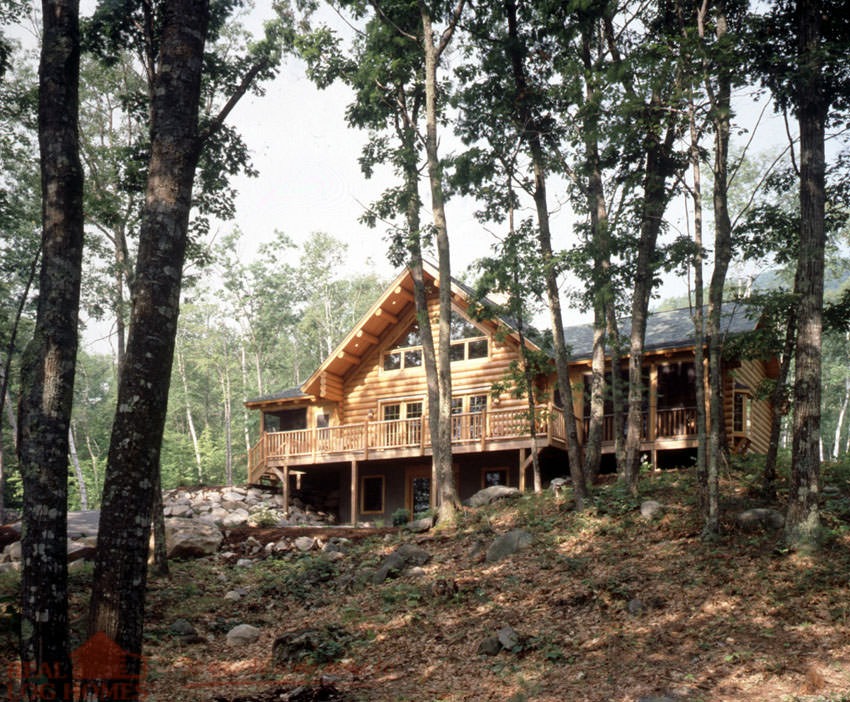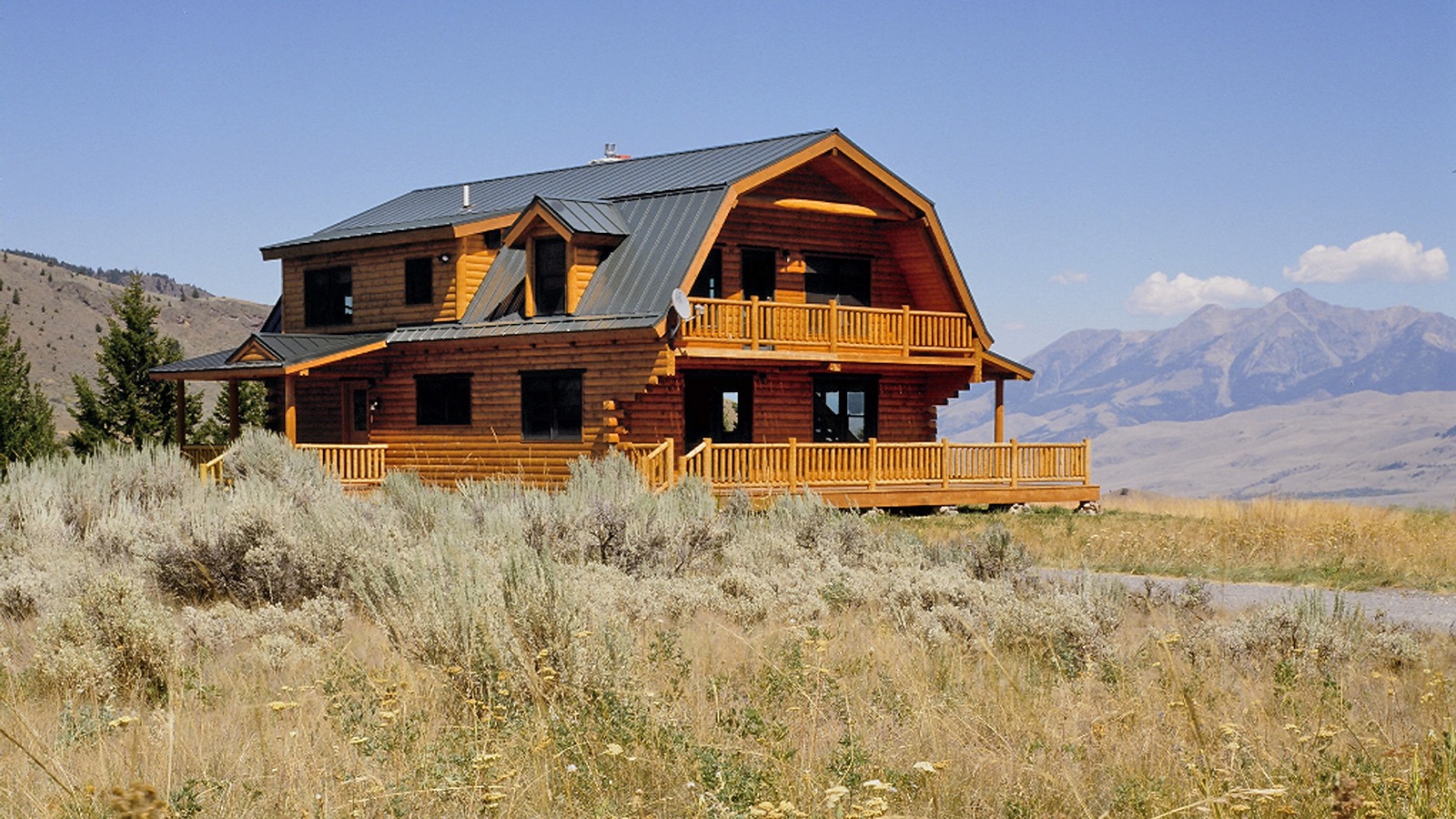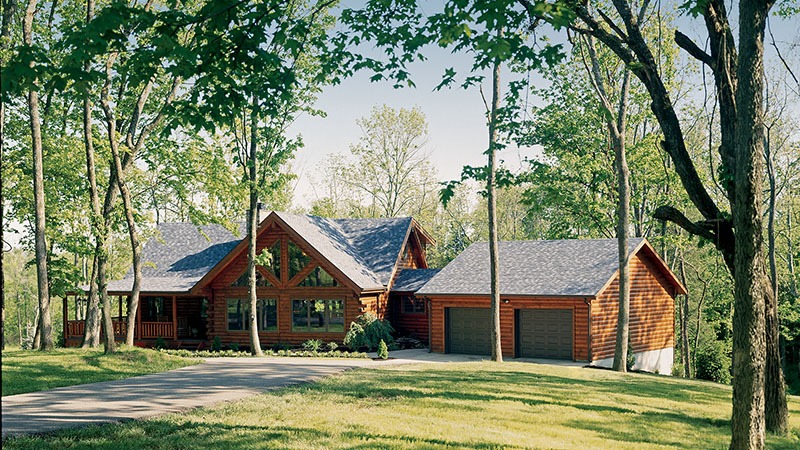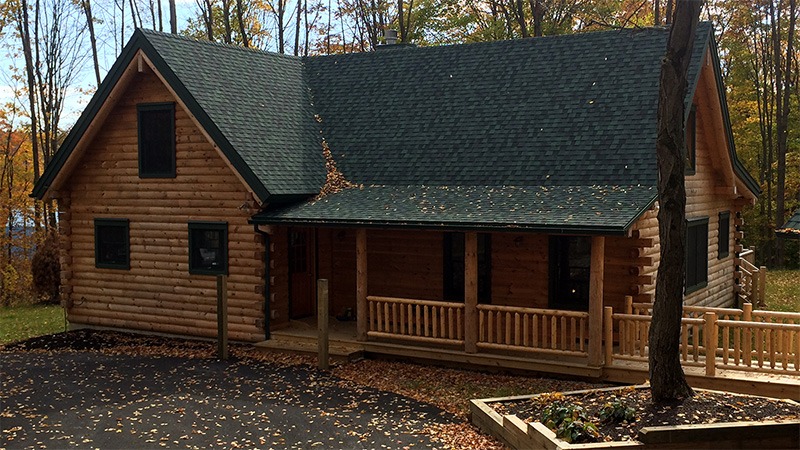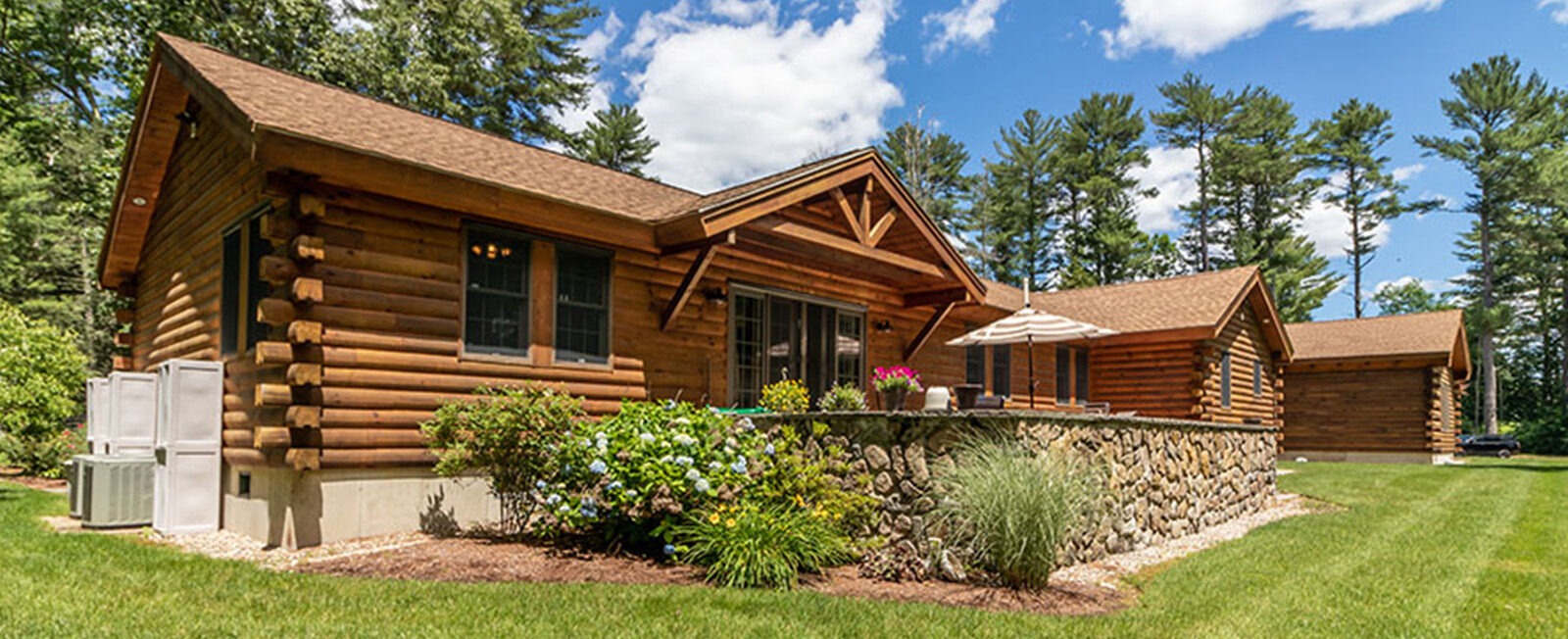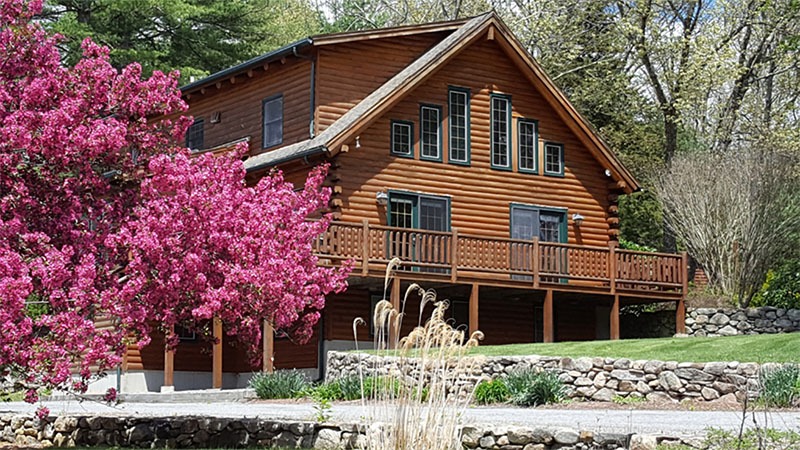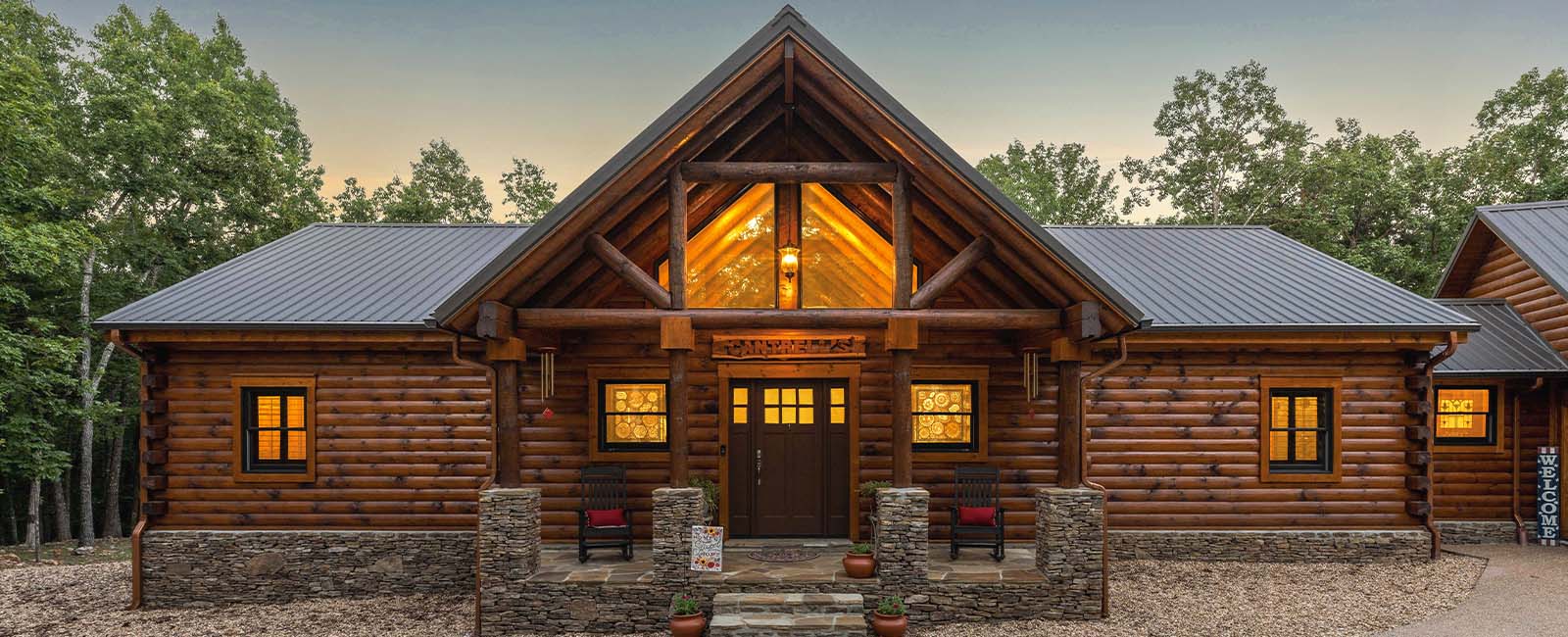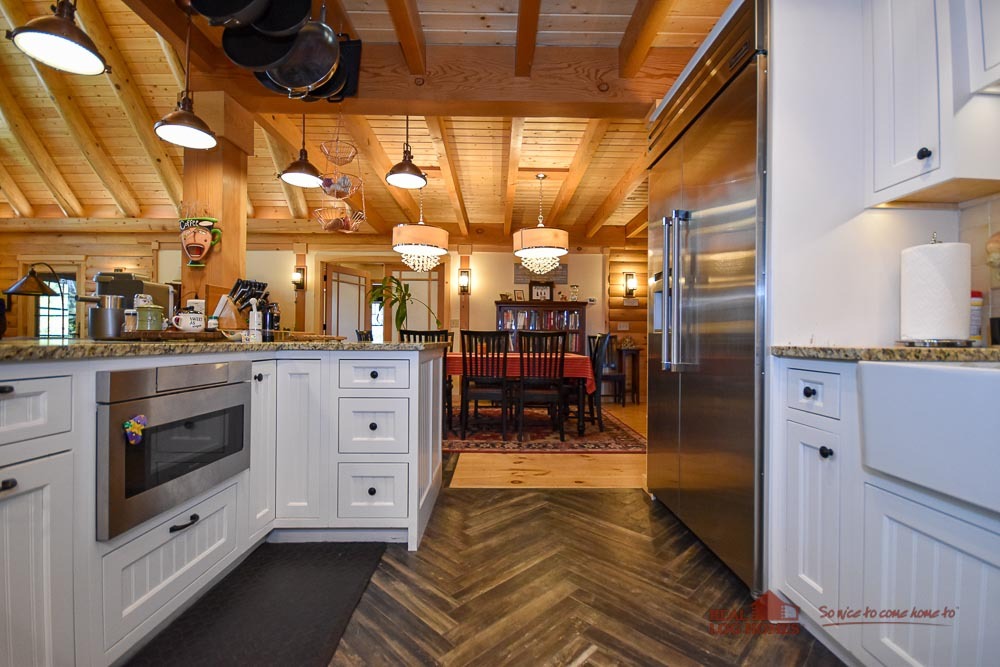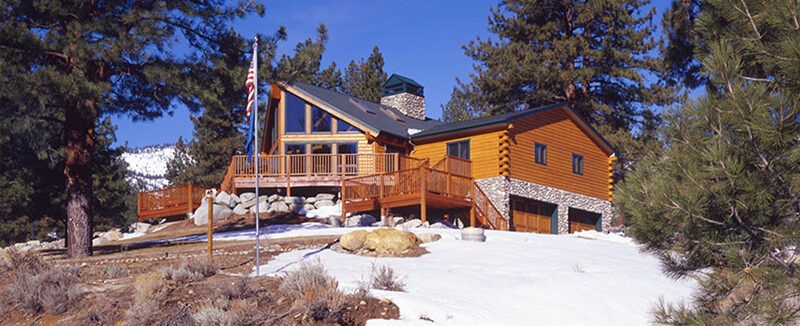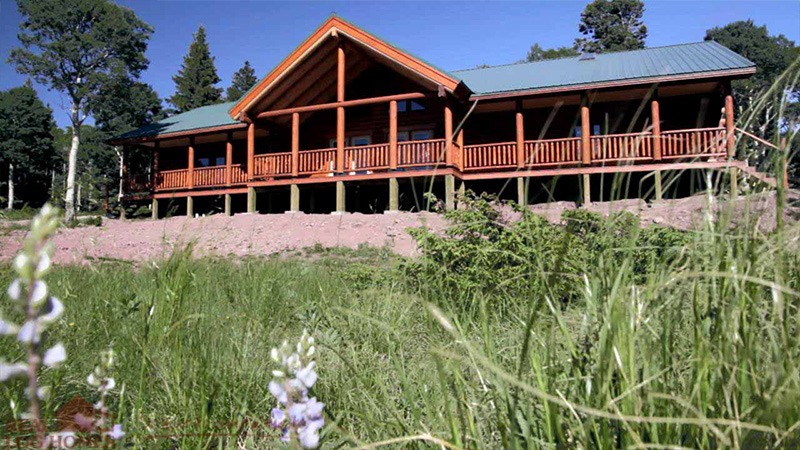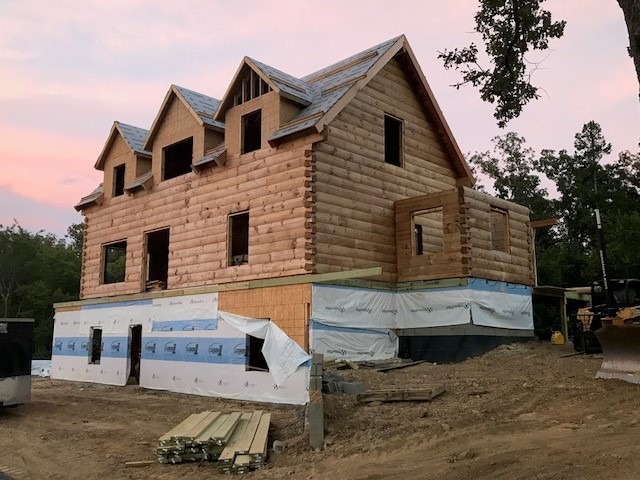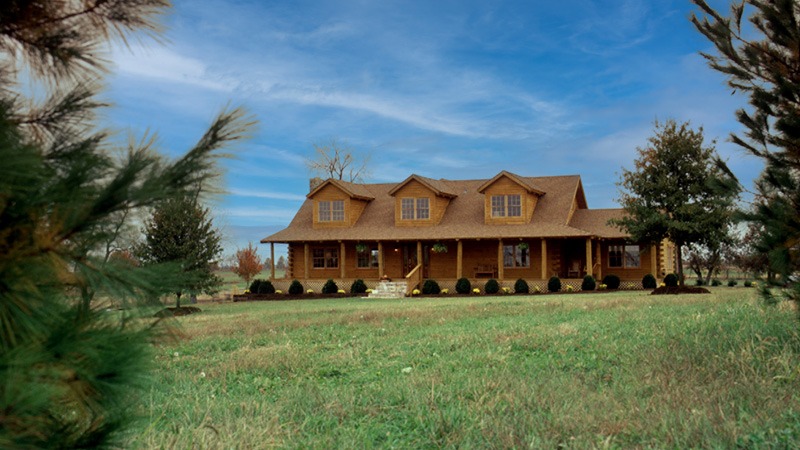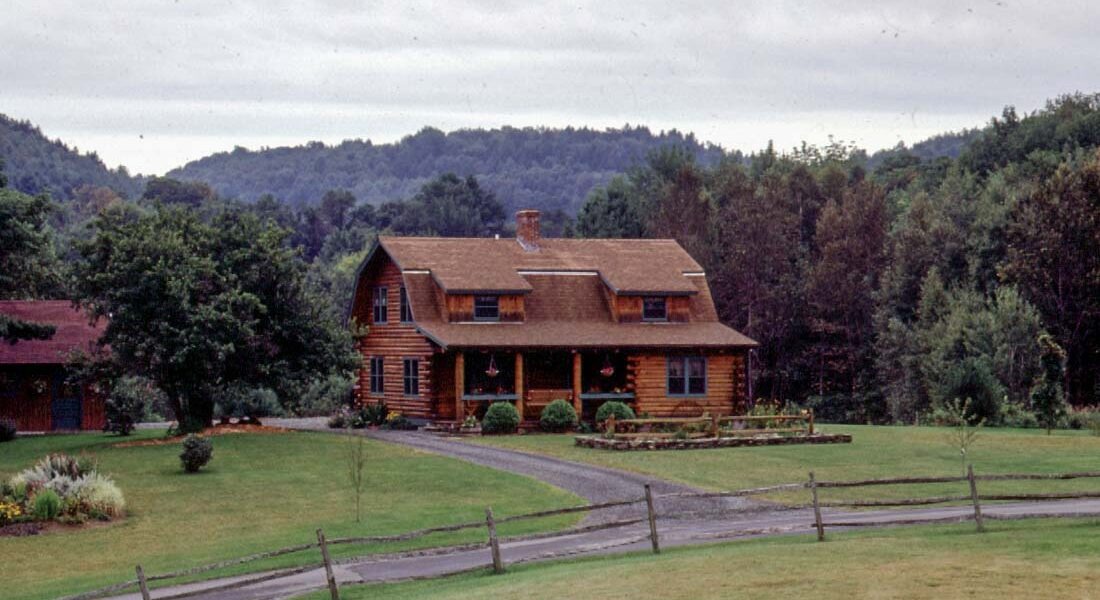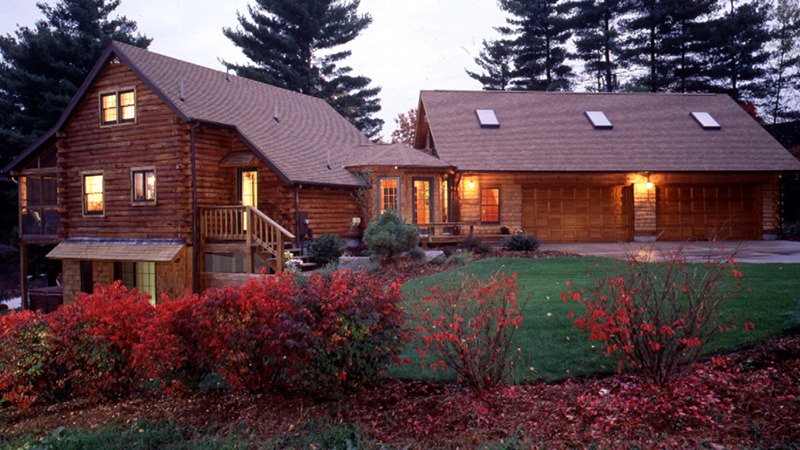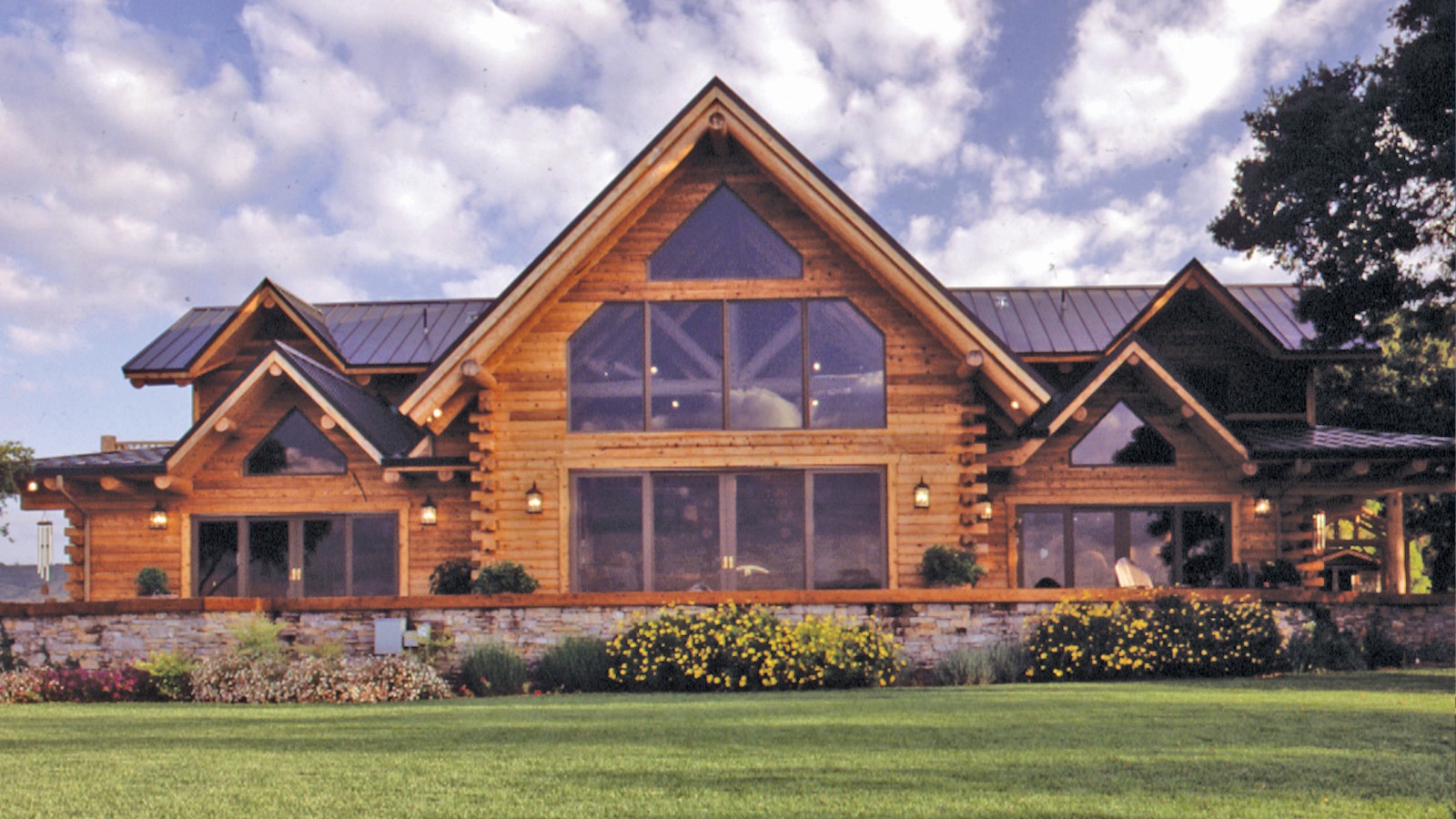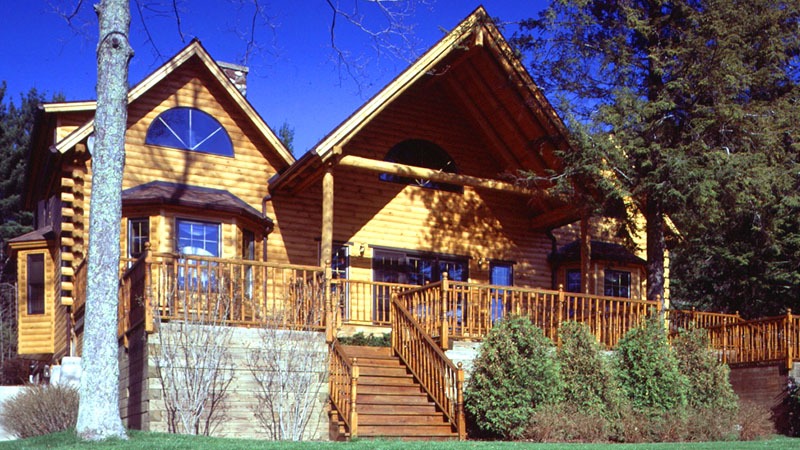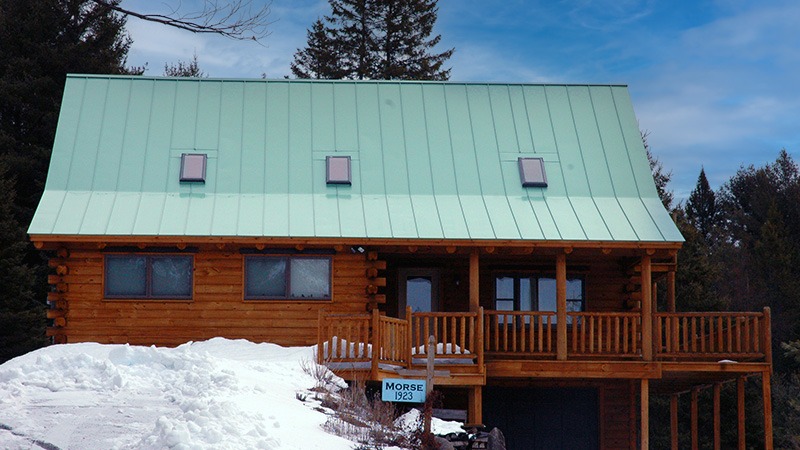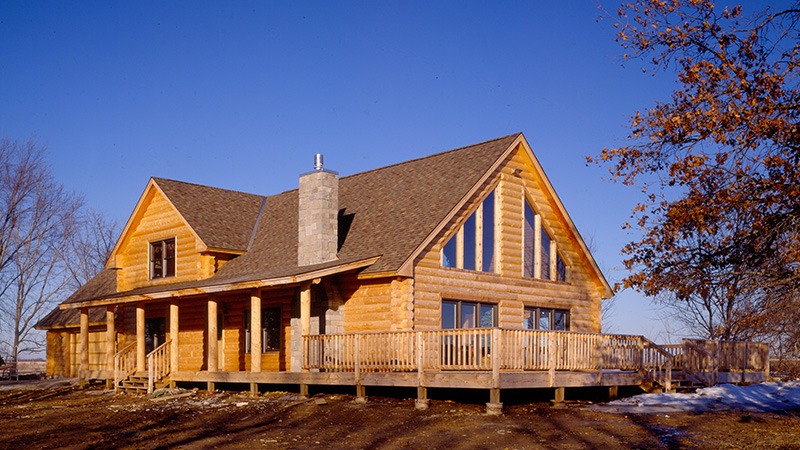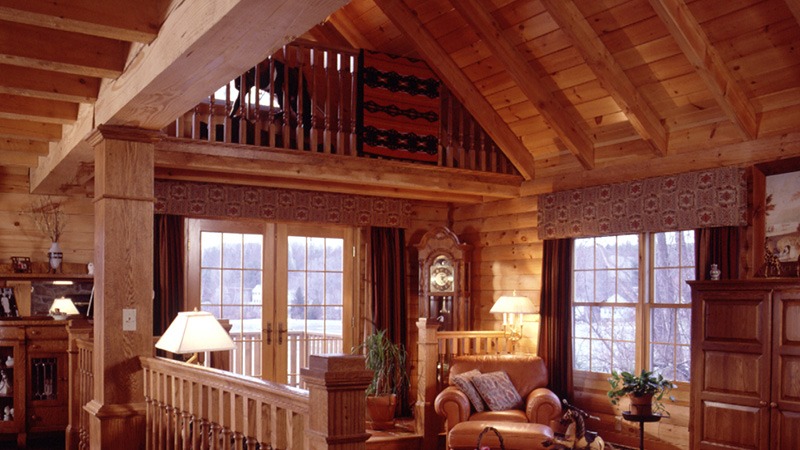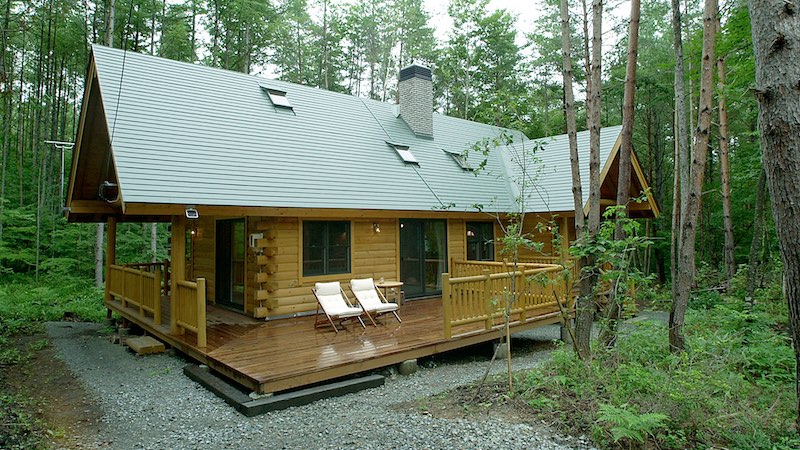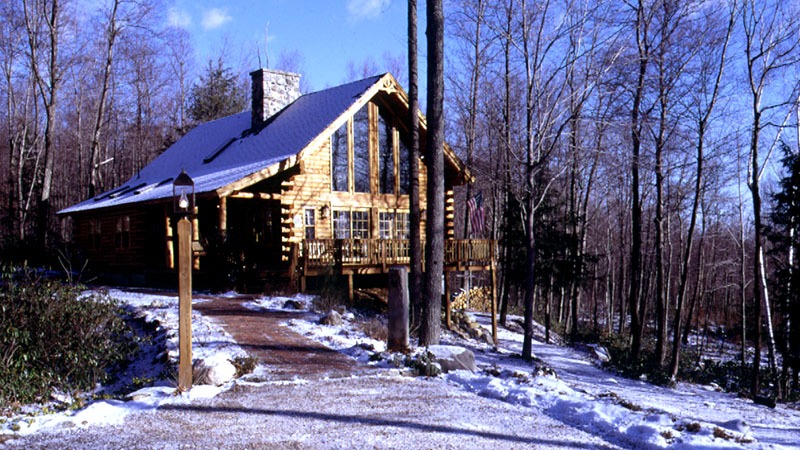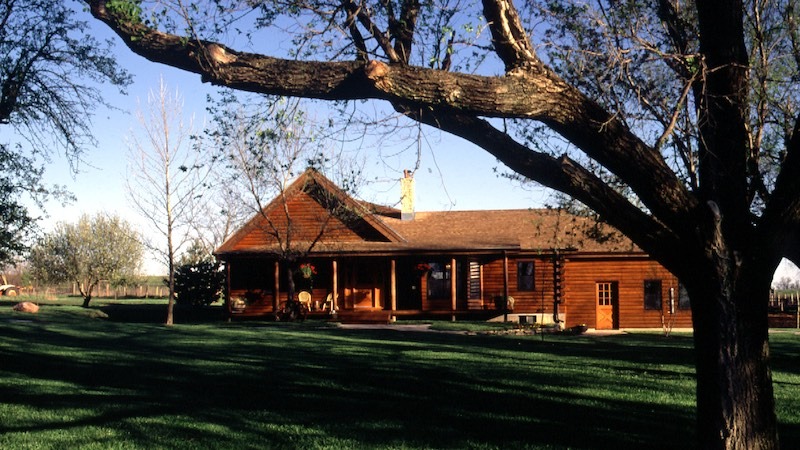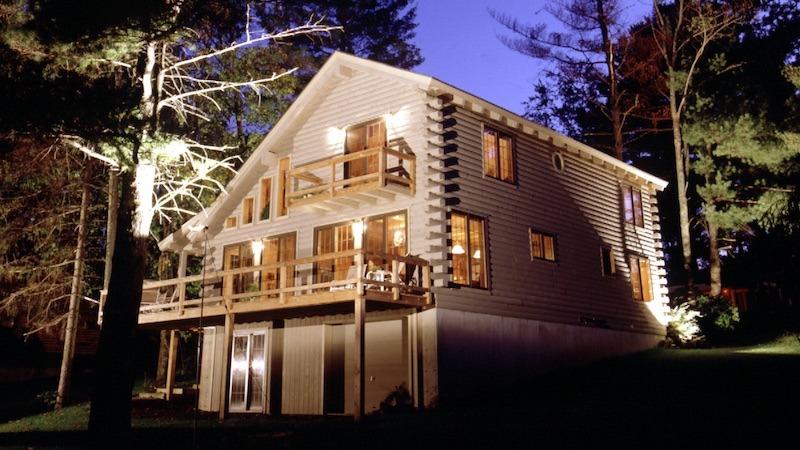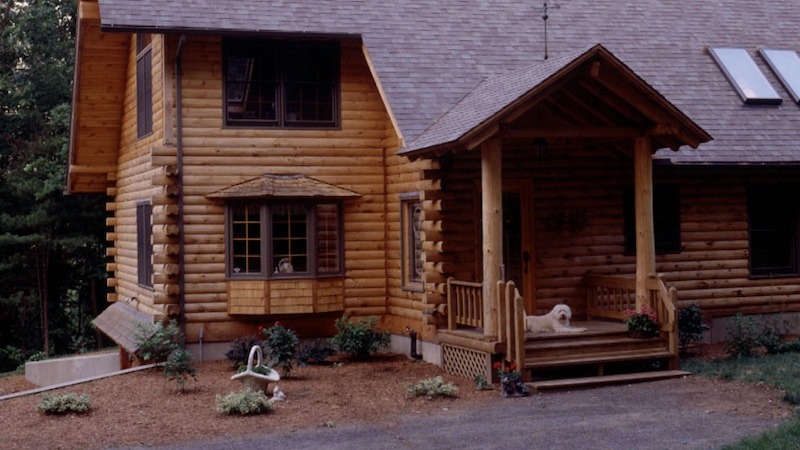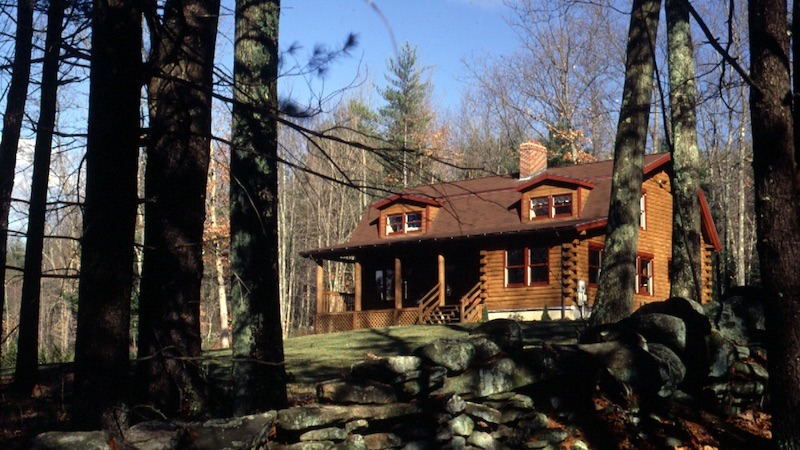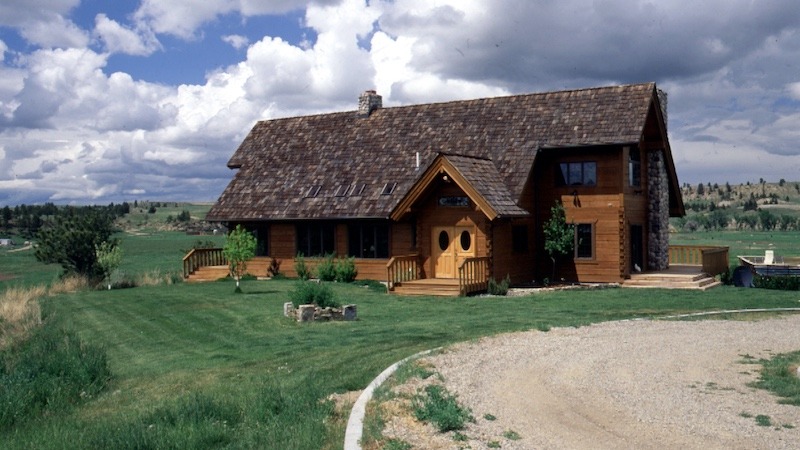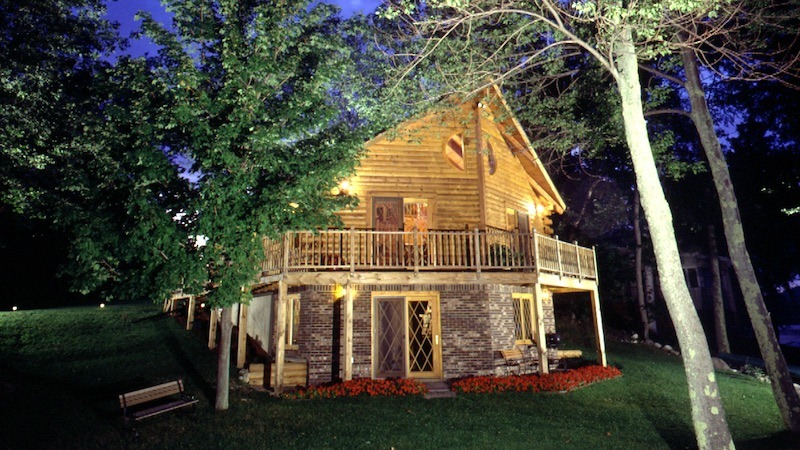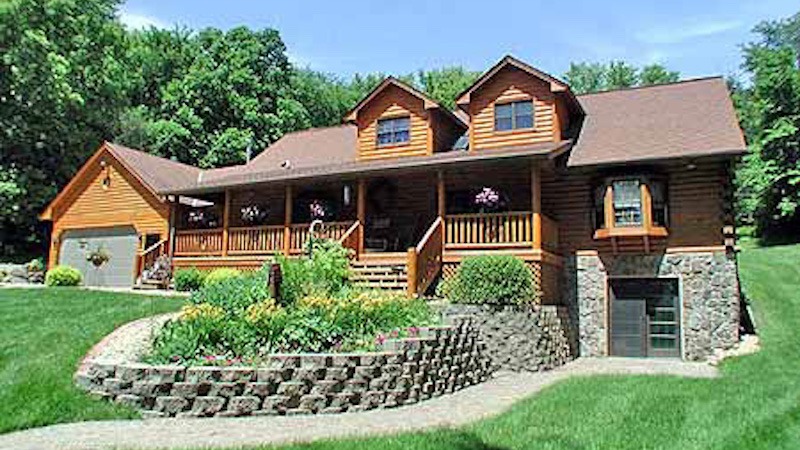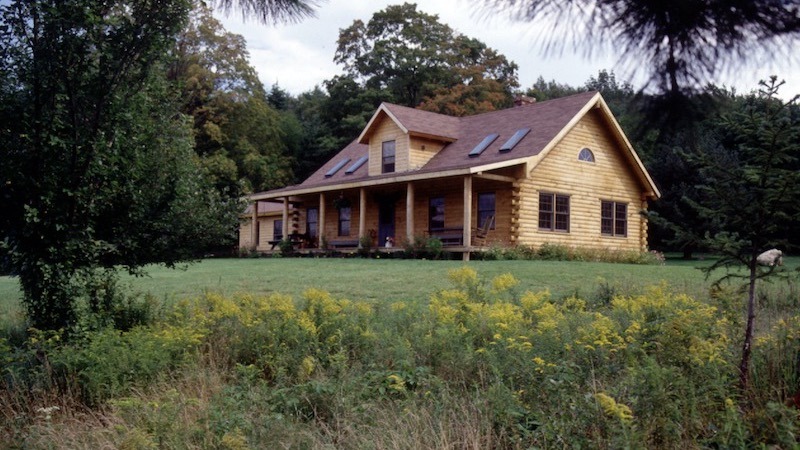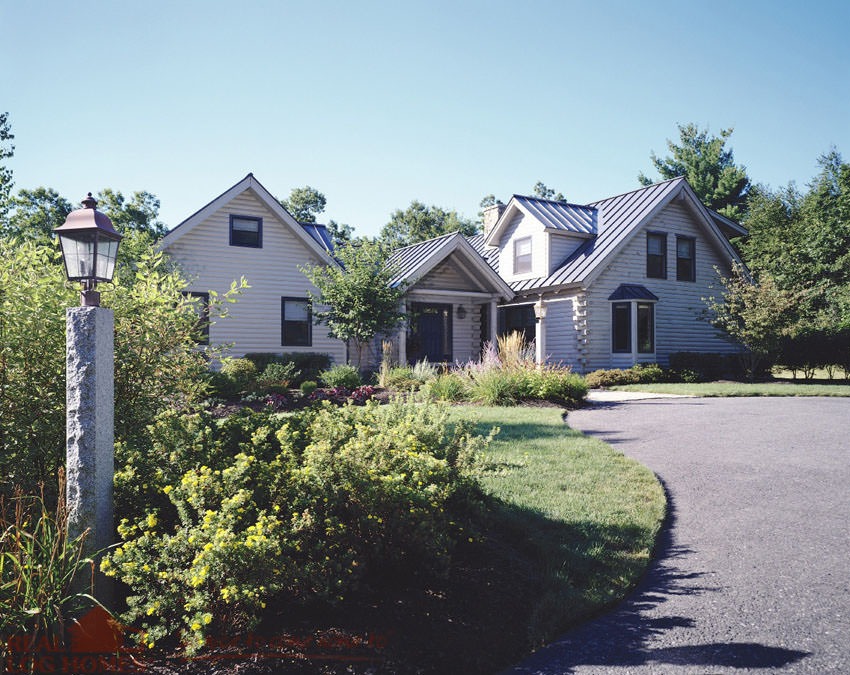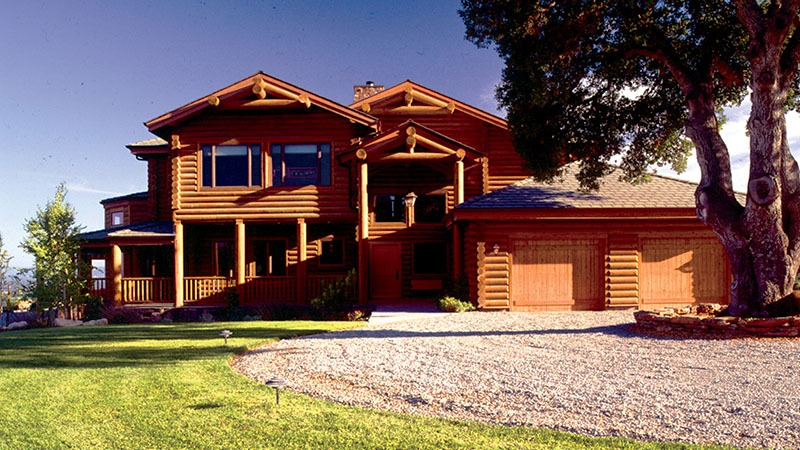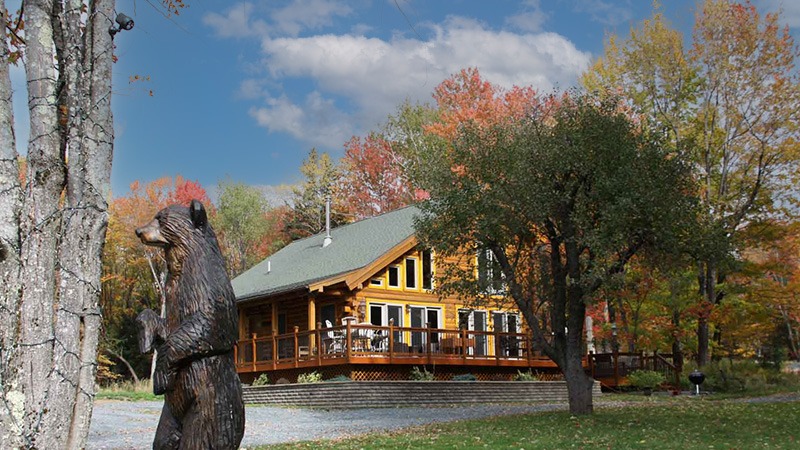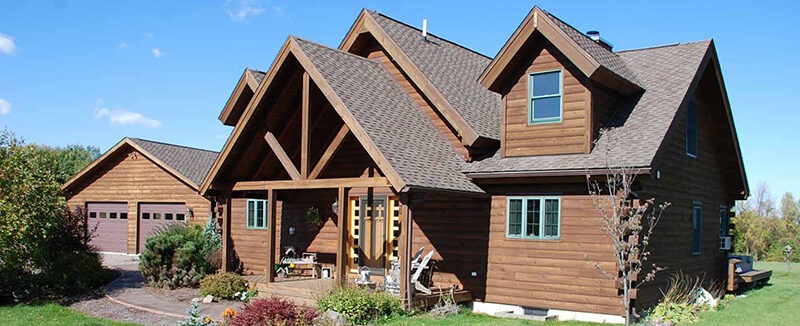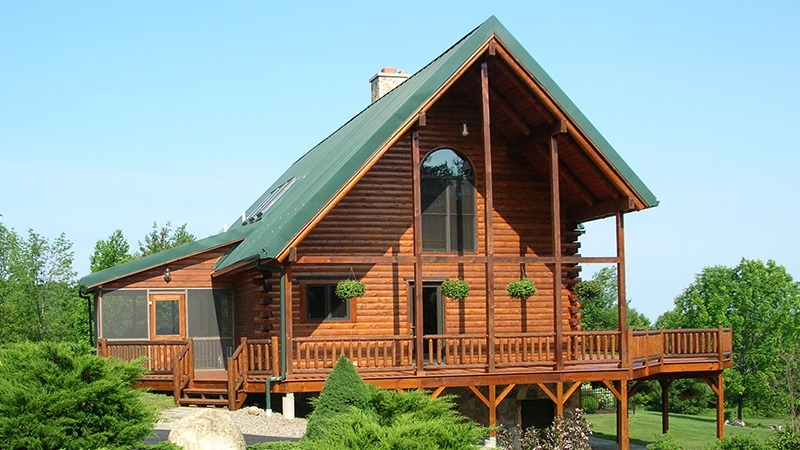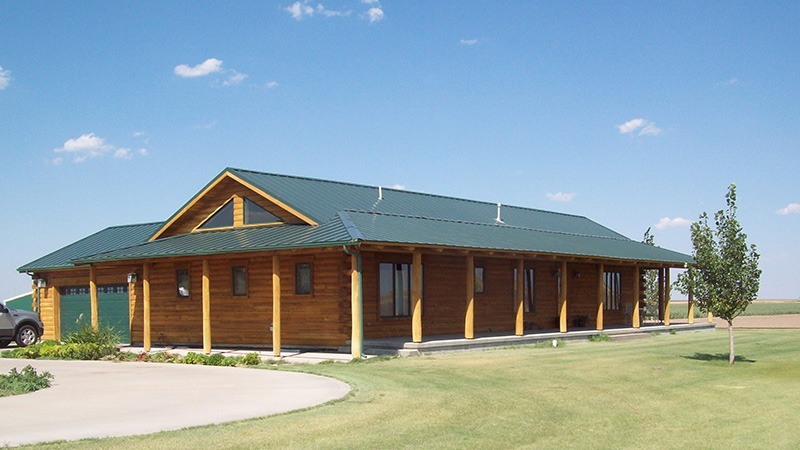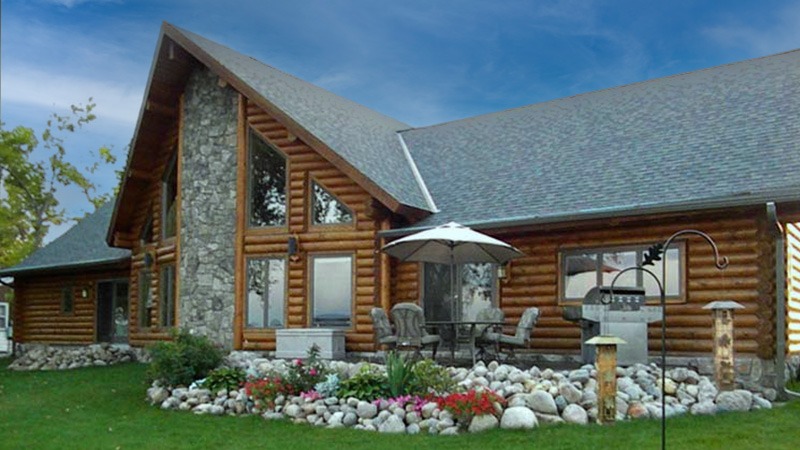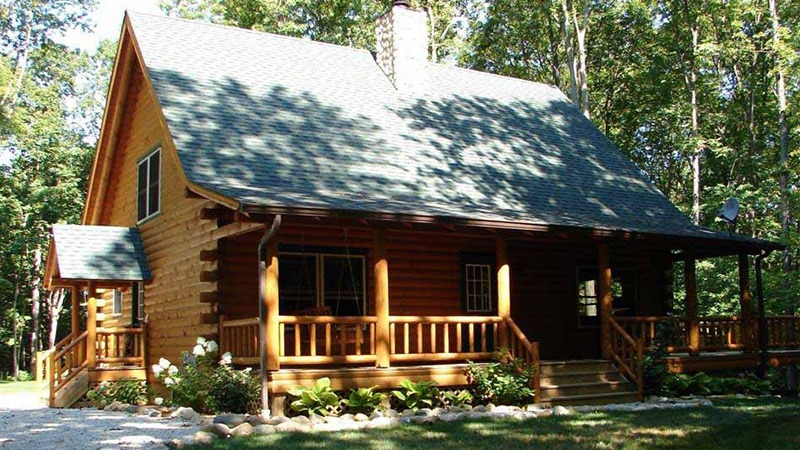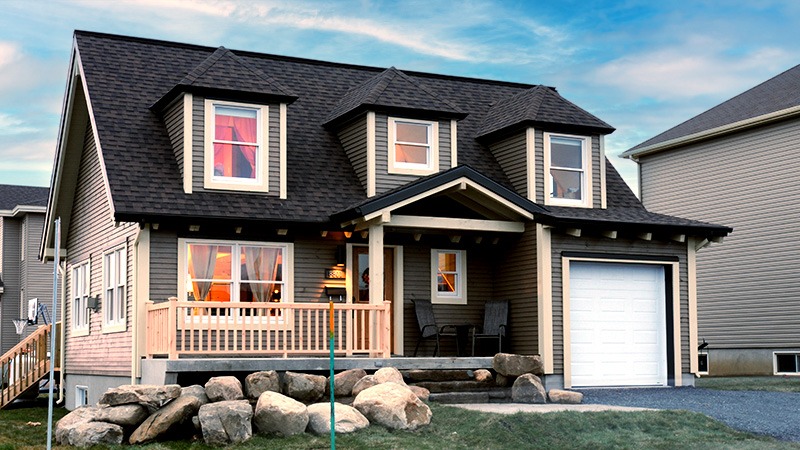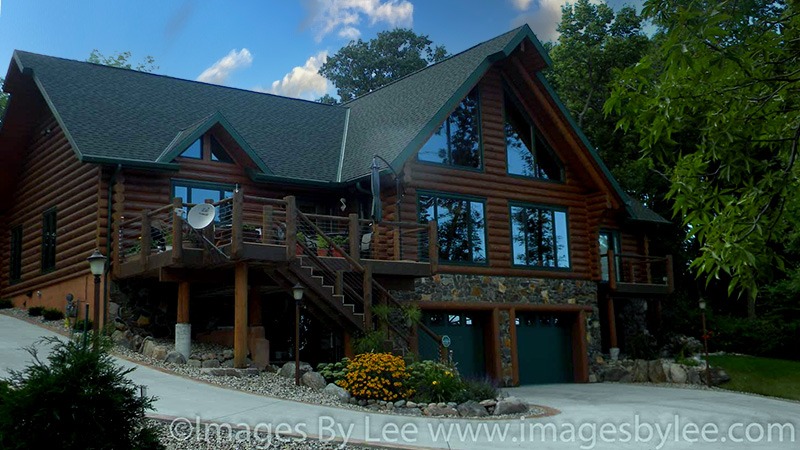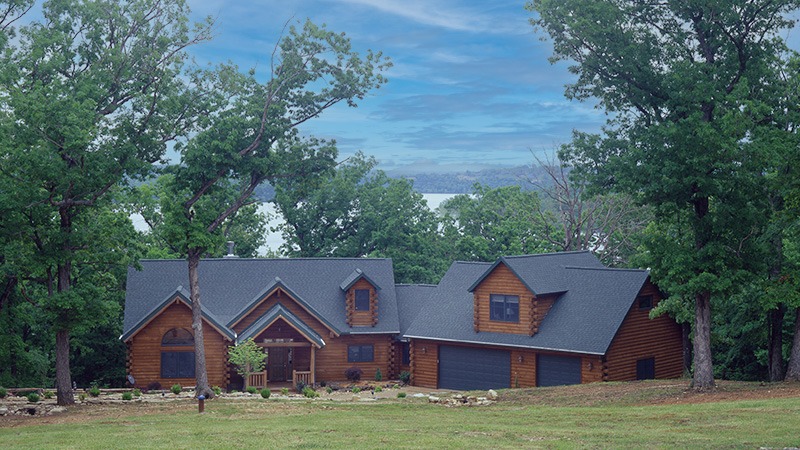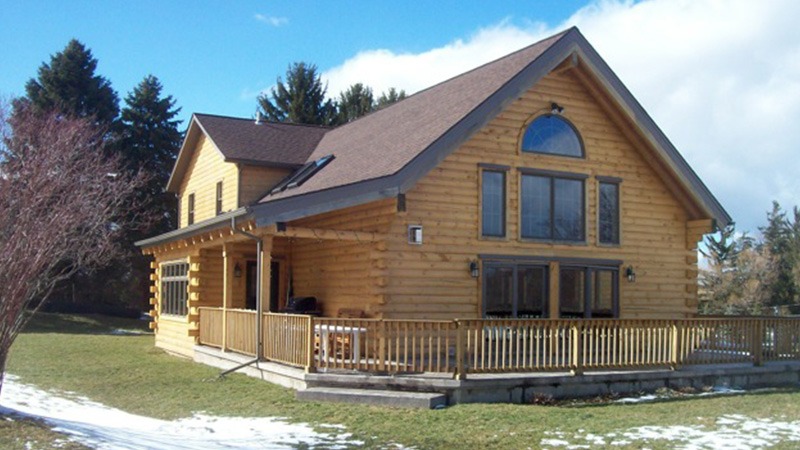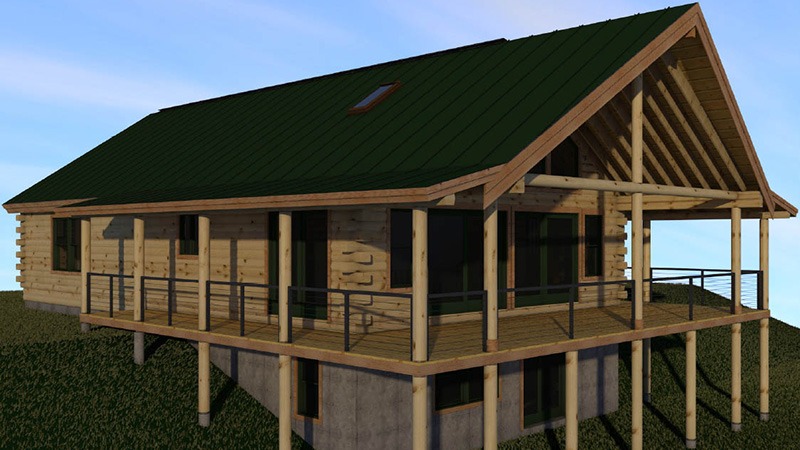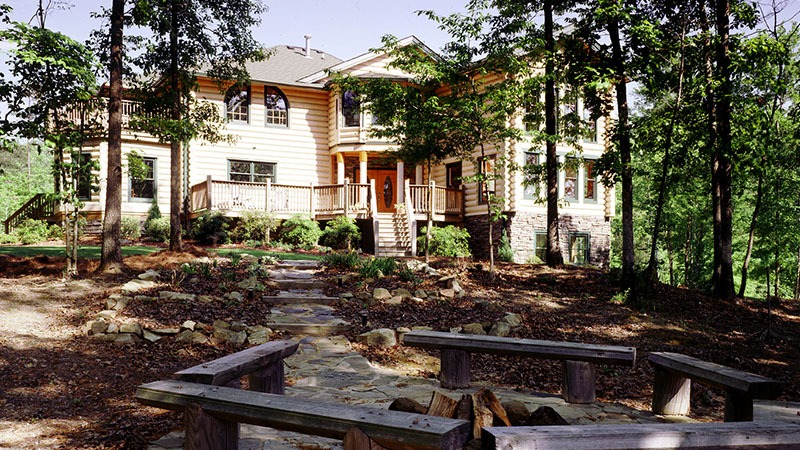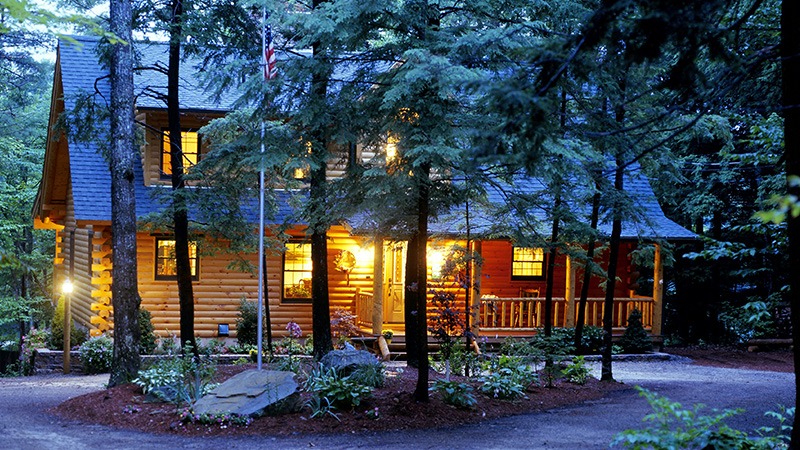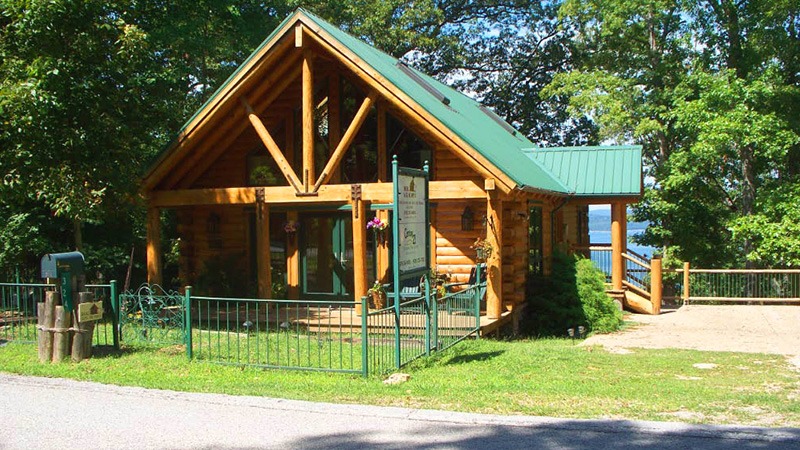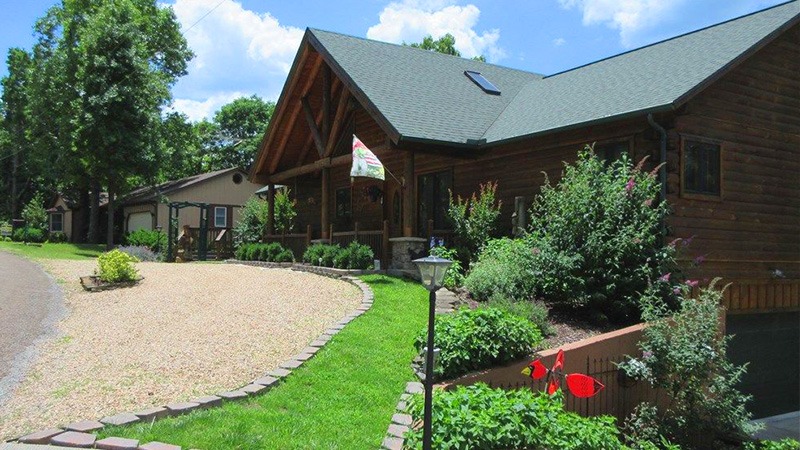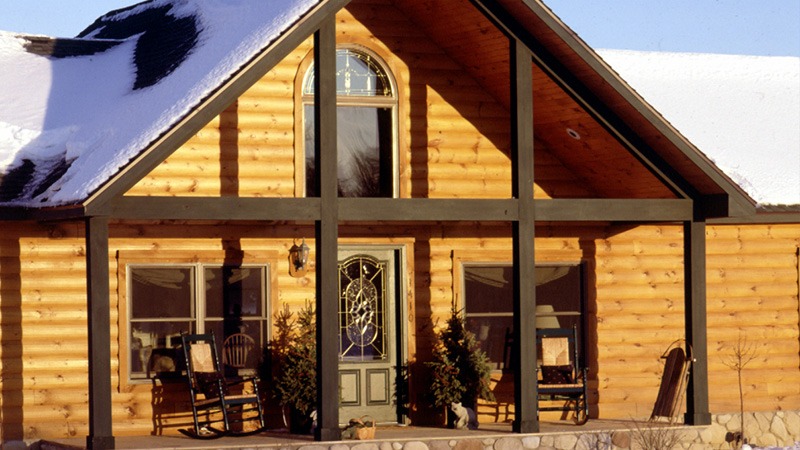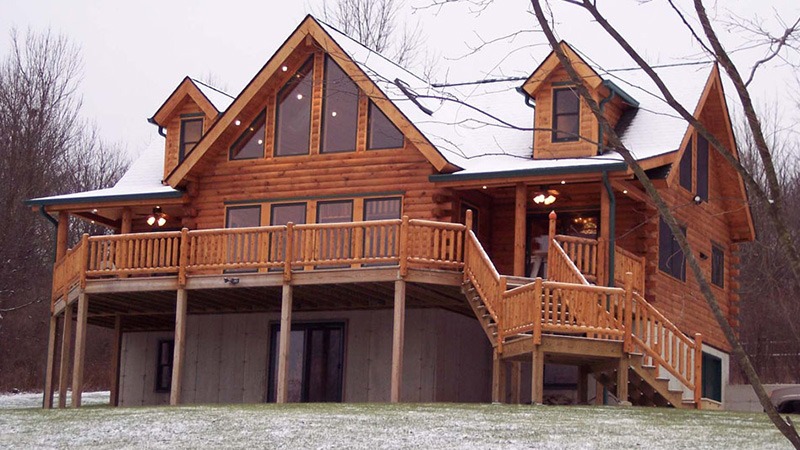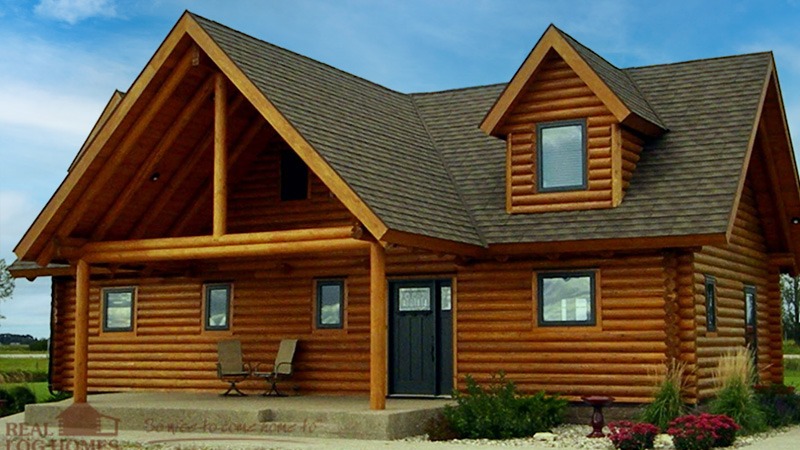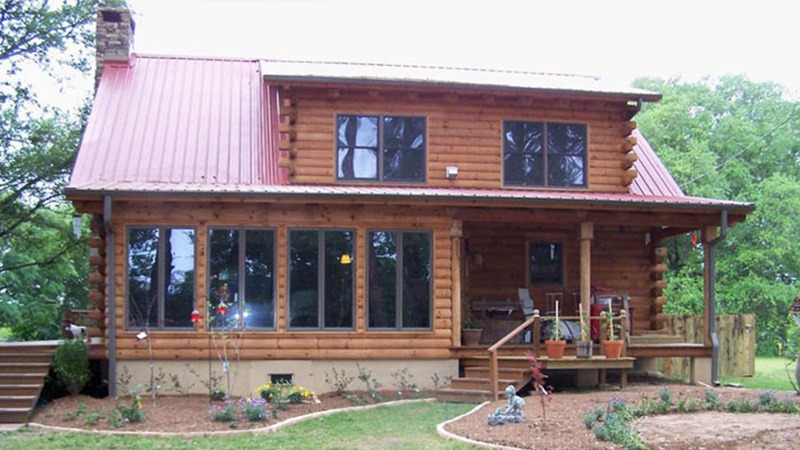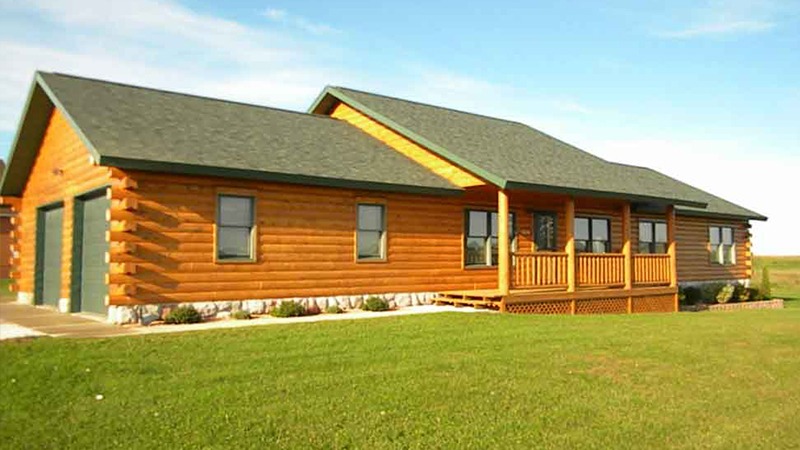Along with the bathroom, the kitchen requires more consideration of layout than other rooms when designing the home. While bedrooms and living spaces can be changed radically by repositioning furniture, the kitchen has major appliances that cannot be moved without considerable hassle. For this reason, it is especially important to ensure that the design of your kitchen fits with your lifestyle when it is first designed. Below, we will discuss some tips for designing a kitchen that will work for you for years to come.
One of the timeless rules of kitchen design is the idea of the kitchen triangle. Developed in the 1940s, this rule regards the placement of your food preparation, cooking and storage areas. The triangle is formed by the location of the sink, range and refrigerator, respectively. In order to allow enough space to work in the kitchen, no leg of the triangle should be shorter than 4 feet. Similarly, to prevent excessive traveling between stations, no leg of this triangle should exceed 9 feet. In addition to this geometric plan, no foot traffic should flow through the triangle in order to ensure the kitchen space is open for workspace. Although this rule was implemented before many modern appliances like stand mixers and microwaves were common or available, it is still a good rule for separating the major areas of the kitchen.

Beyond the kitchen triangle rule, there are several other considerations for planning a functional kitchen. It is important that you have adequate counter space on either side of the range and sink, so that you have room to place dishes and cookware. Experts recommend that you have at least 24 inches of counter space on one side of the sink and 18 inches on the other, along with at least 16 inches of space on one side of the stove and 12 on the other. Additionally, at least 3 feet of food preparation space near the sink can be very handy. There should be 48 inches of space in the work isles between cabinets and appliances, so that there is room to work when cabinet or appliance doors are opened.

Although these numeric rules help in planning the kitchen, it is also important to account for your lifestyle when designing the kitchen layout. For example, many people will microwave food immediately after removing it from the refrigerator, so placing the microwave and refrigerator adjacent to each other makes sense. If you are planning an L or U-shaped kitchen, consider placing the sink in between the refrigerator and stove. Since we often move food from the refrigerator to sink for preparation and pots from the range to sink for cleaning, placing the sink in the middle makes the most sense. If you will have multiple cooks in the kitchen, consider placing the appliances so that people don’t have to walk through the other’s triangle. To apply the triangle rule to multiple cooks, each person’s triangle can share a leg with another’s triangle, but the legs of the triangles should not cross one another.
So, what kind of log home kitchen are you cooking up? If you’d like to begin planning the ideal log home floor plan, call Real Log Homes today or fill out the form below for more information.
. Bon Appétit.
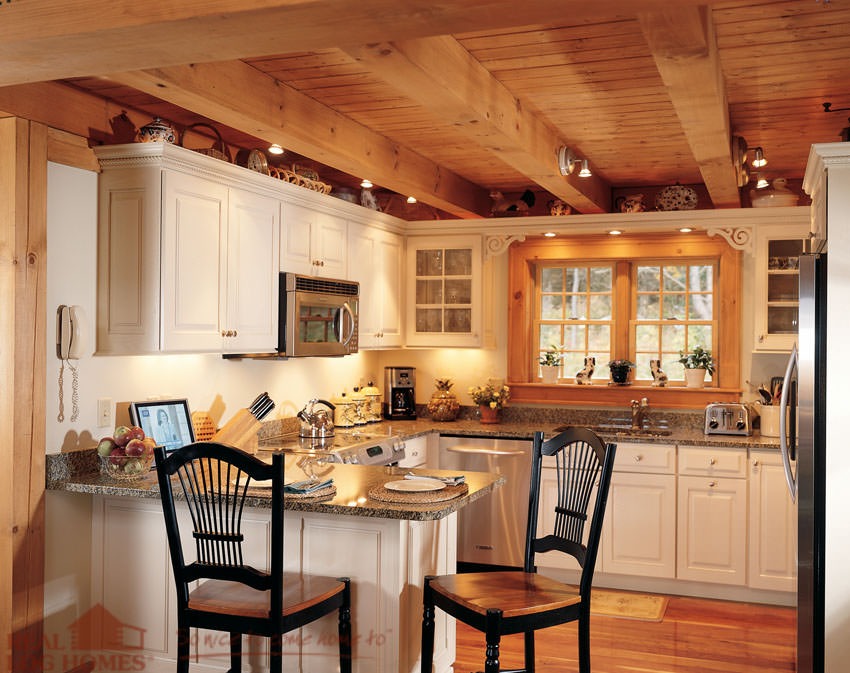
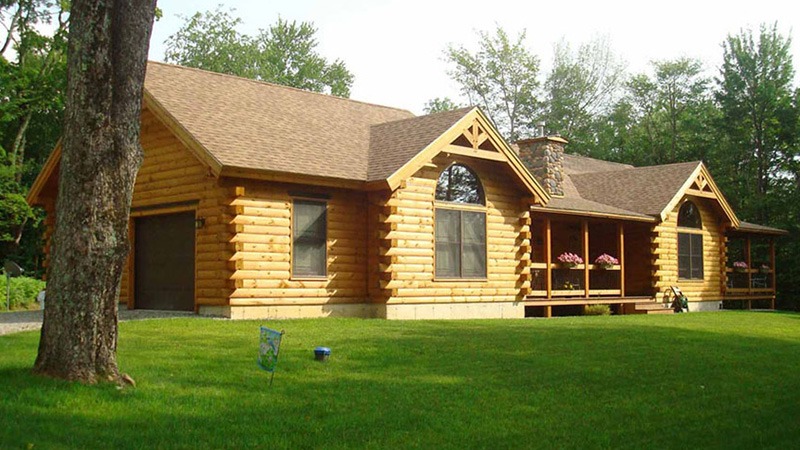
![[KAB-IN] Vermont - Renovated 1972 Real Log Homes Rental Cabin](https://realloghomes.com/wp-content/uploads/2019/03/Cavendish-KAB-IN-Woodstock-VT-51.jpg)
